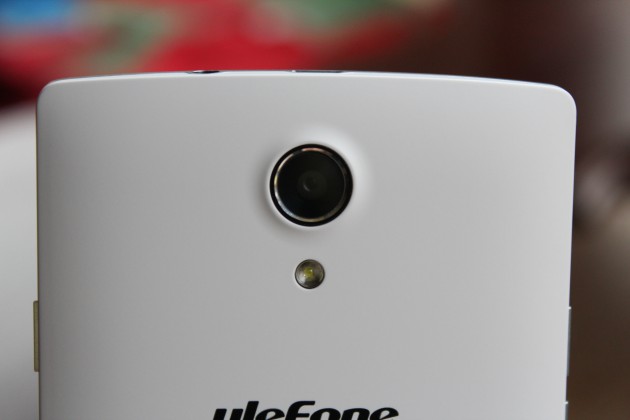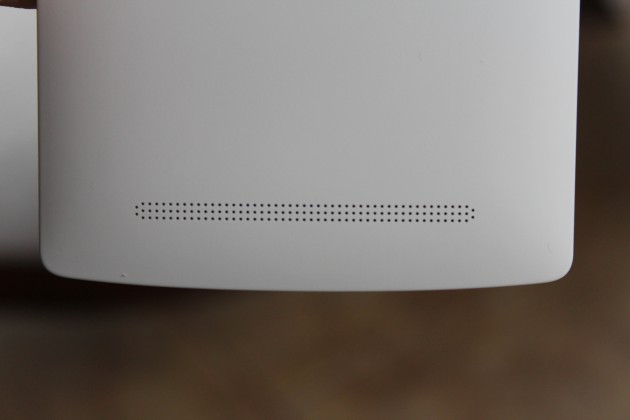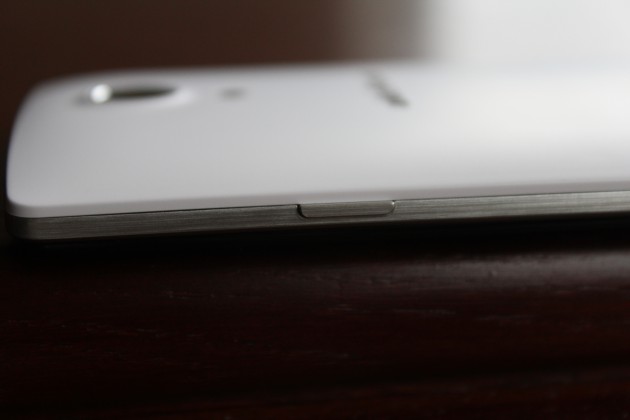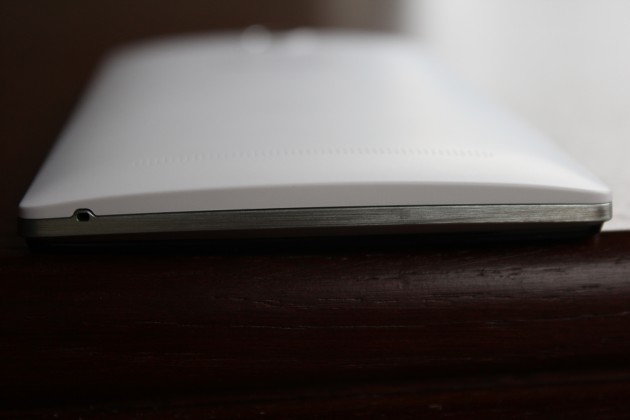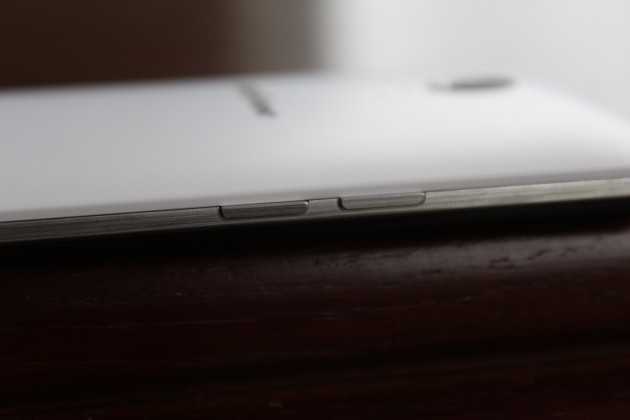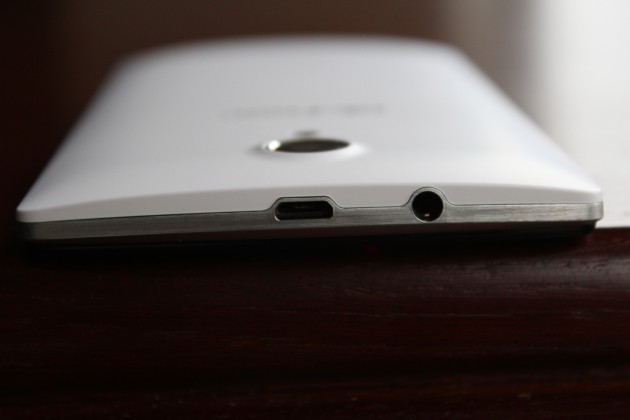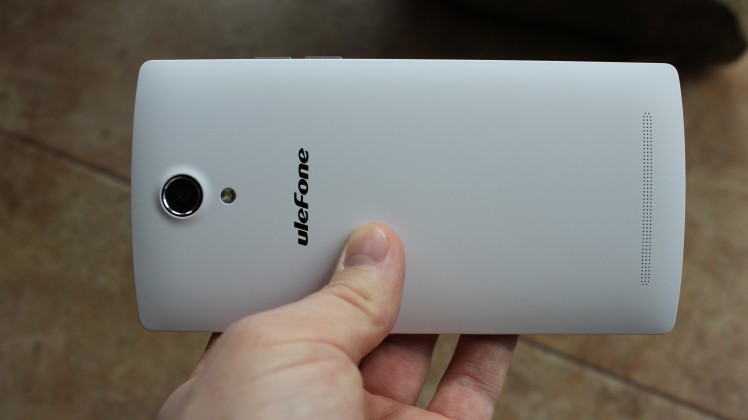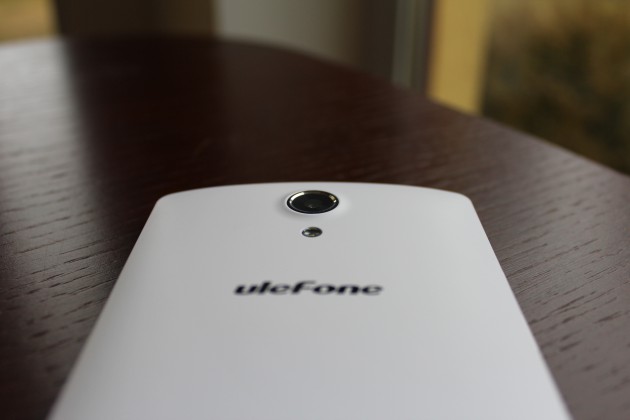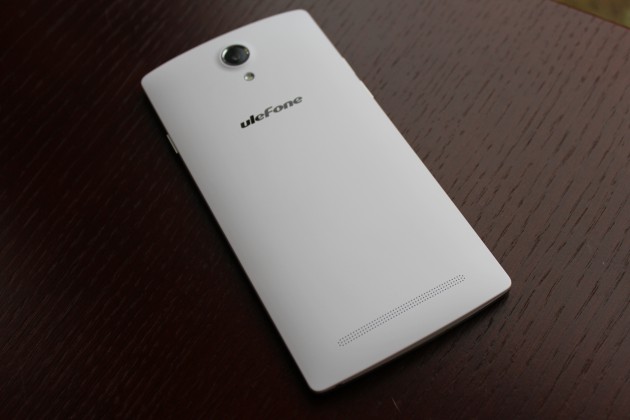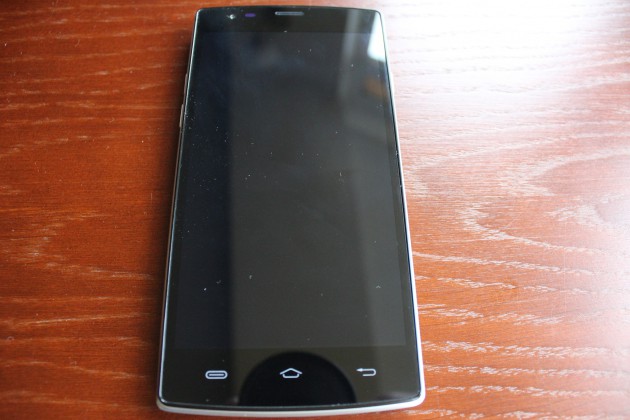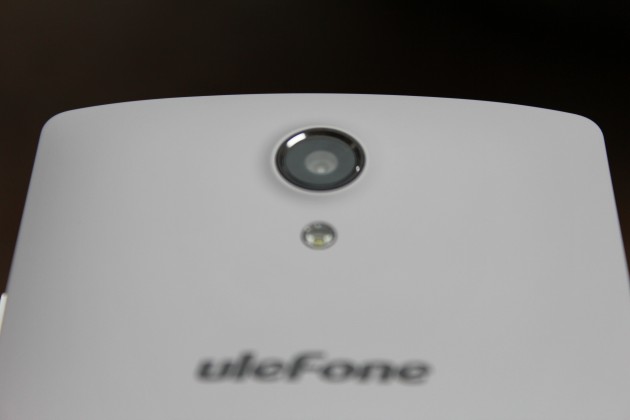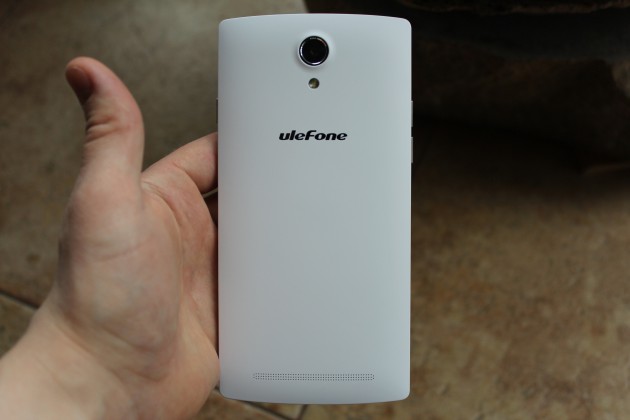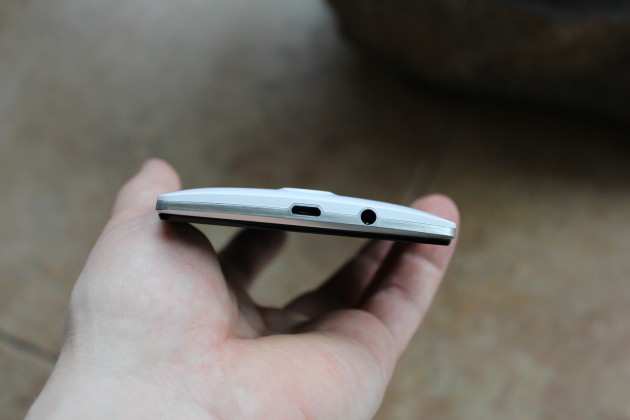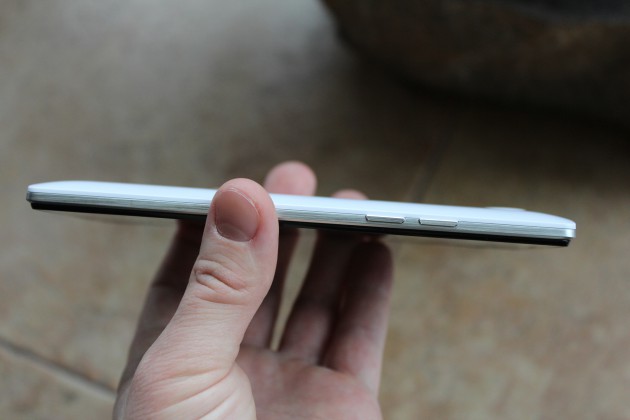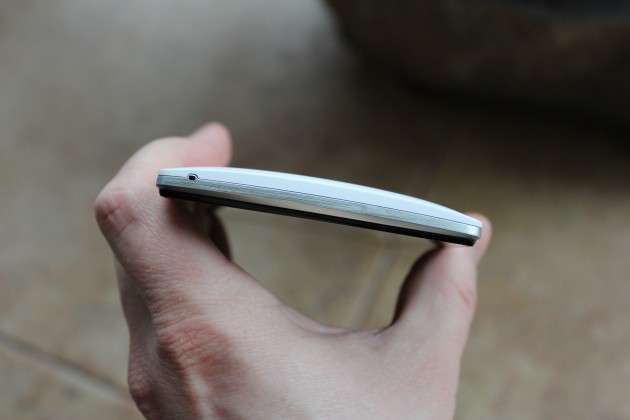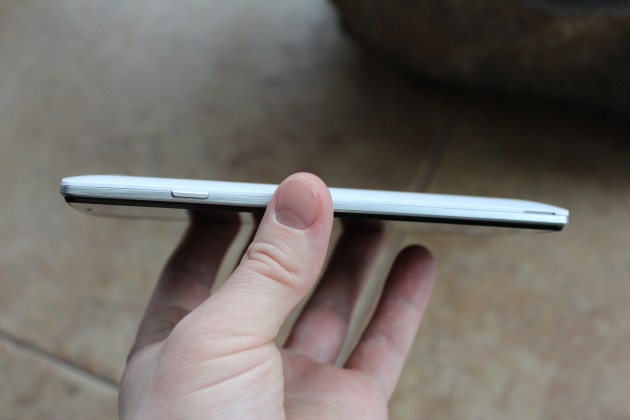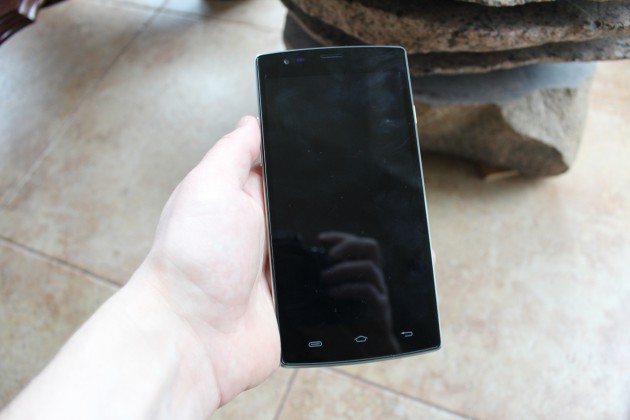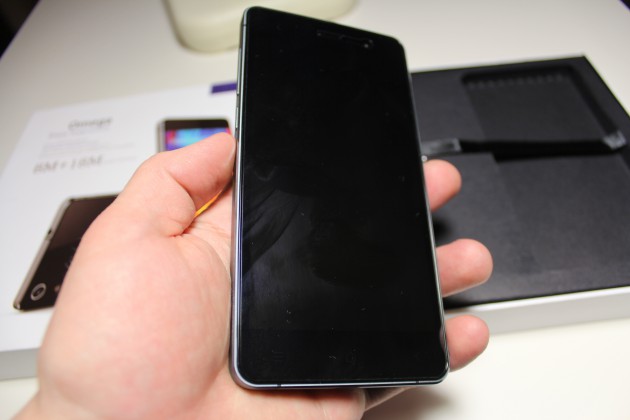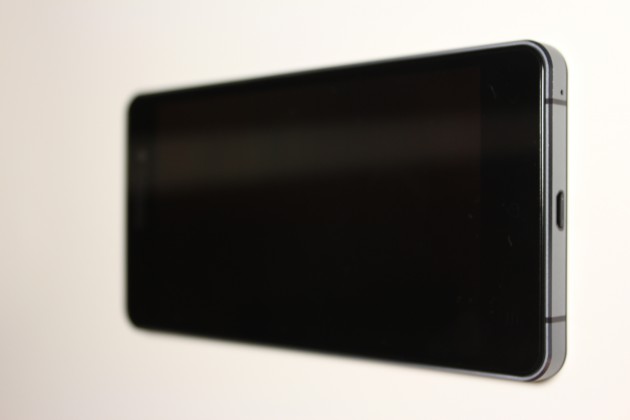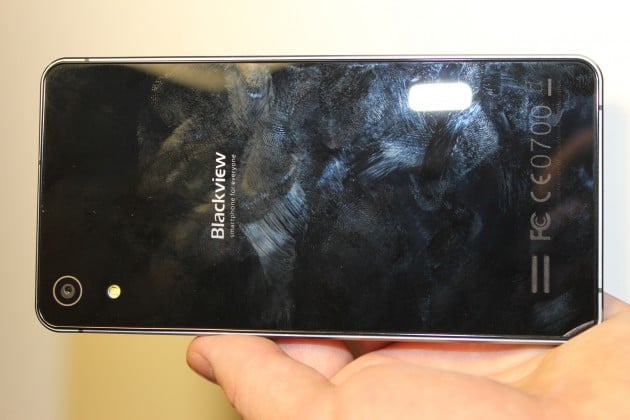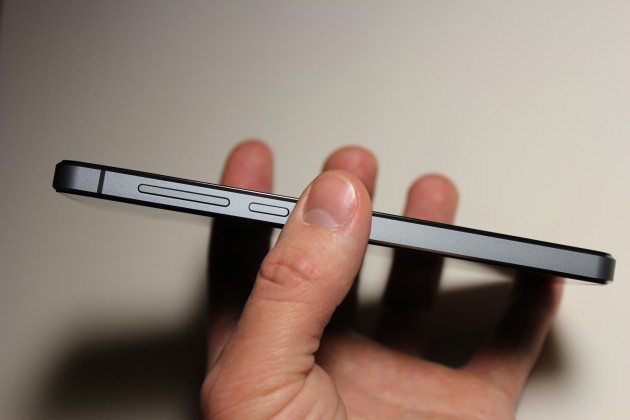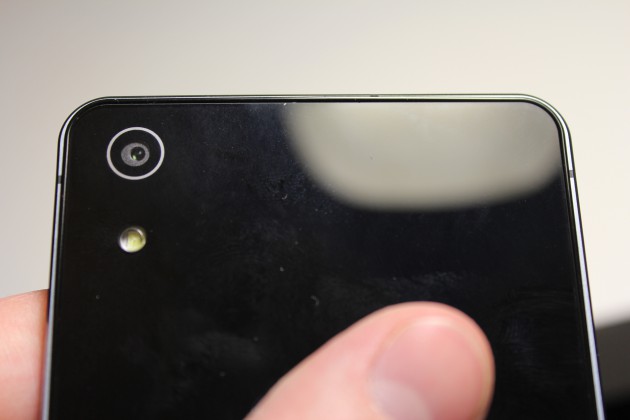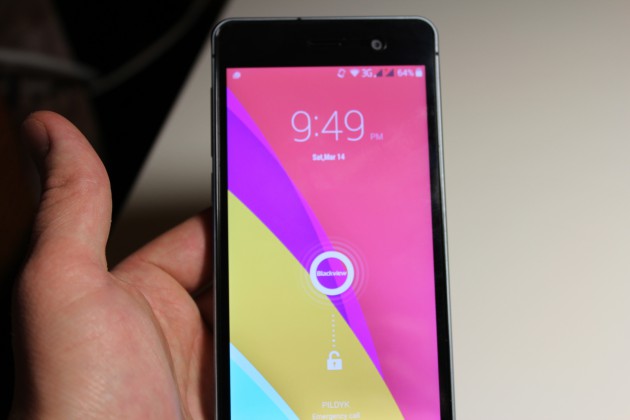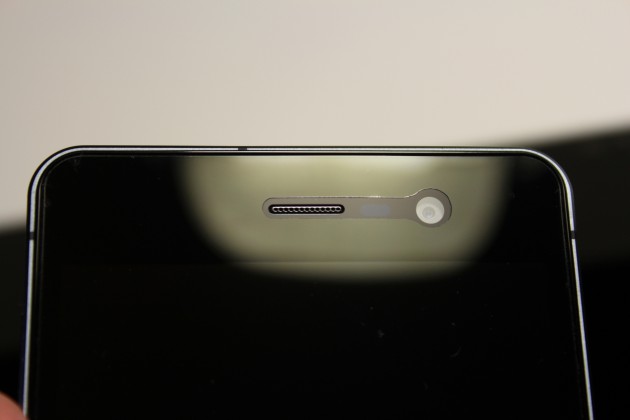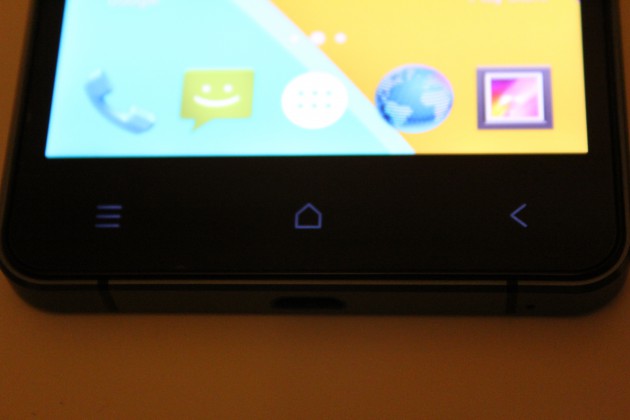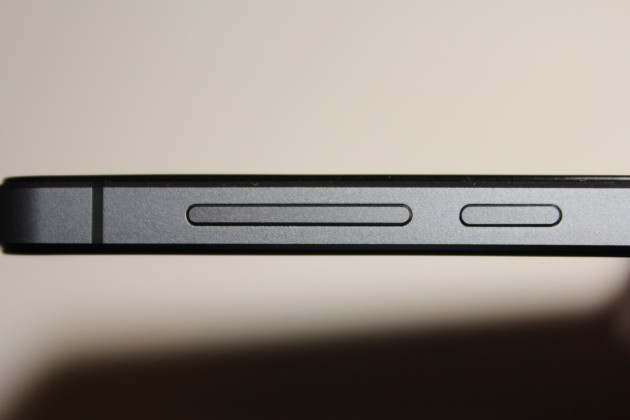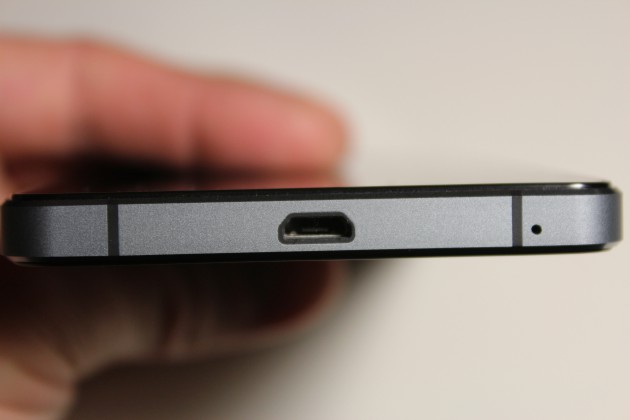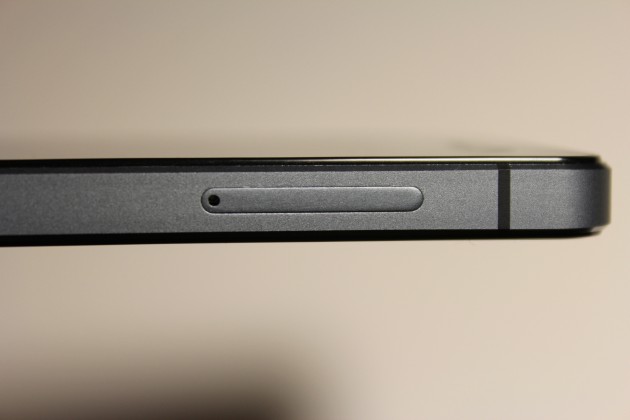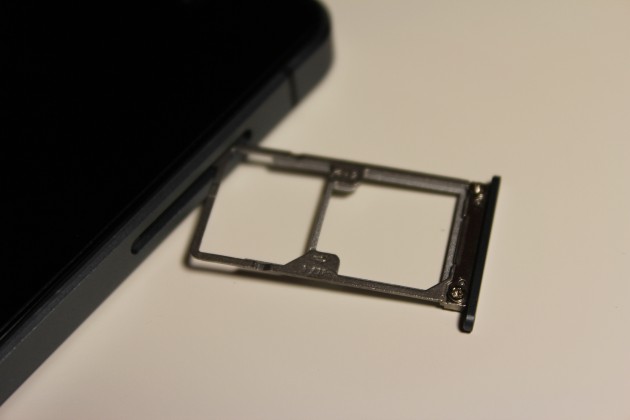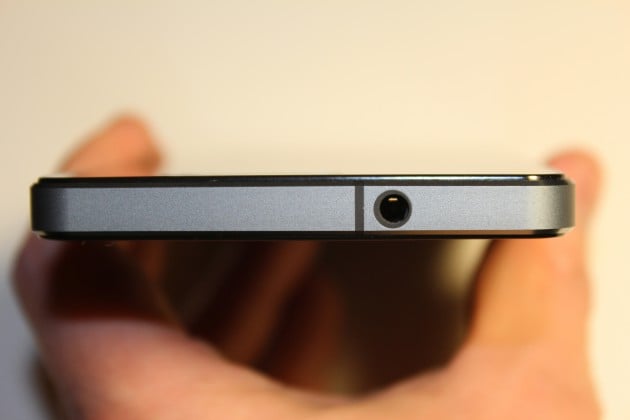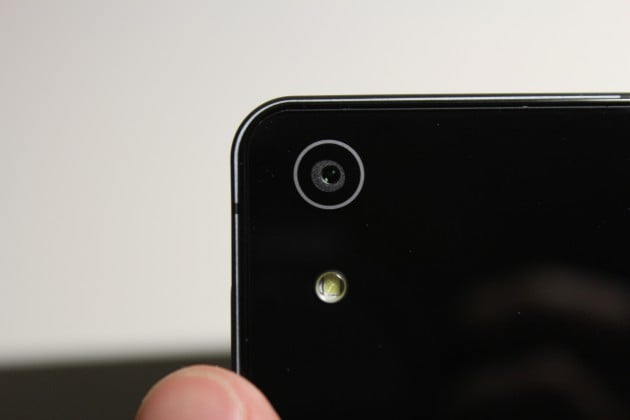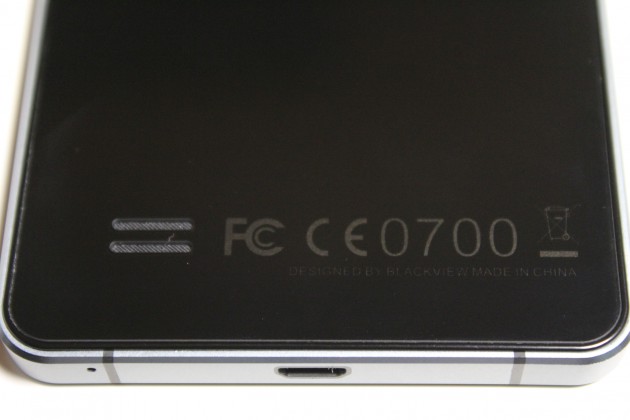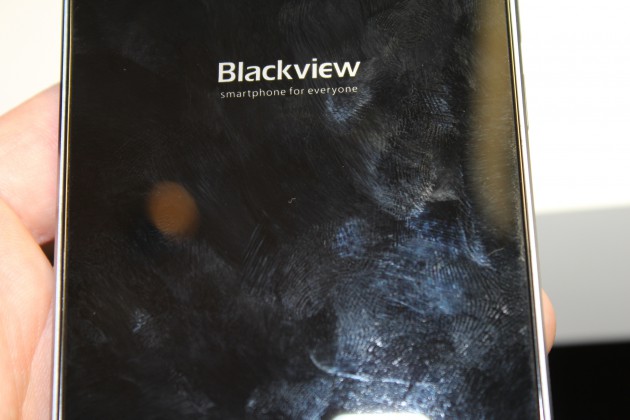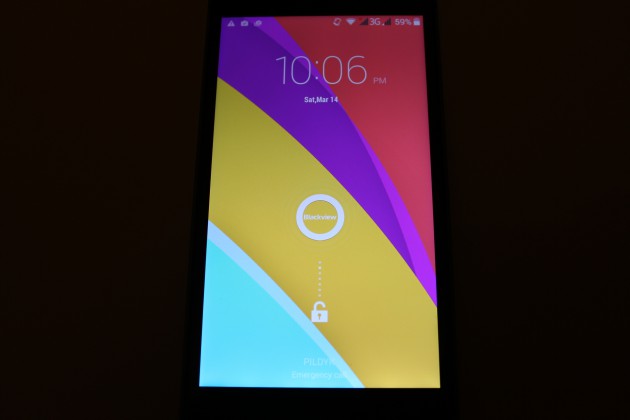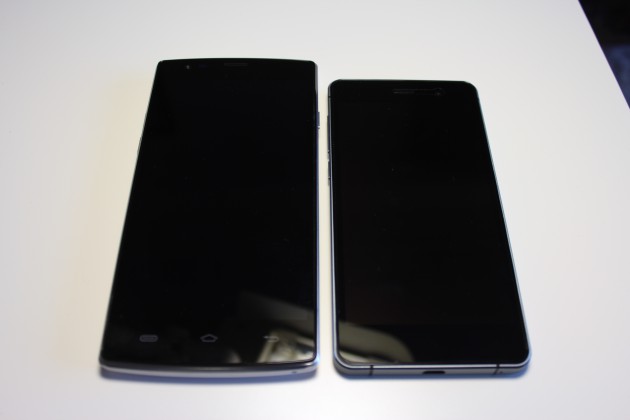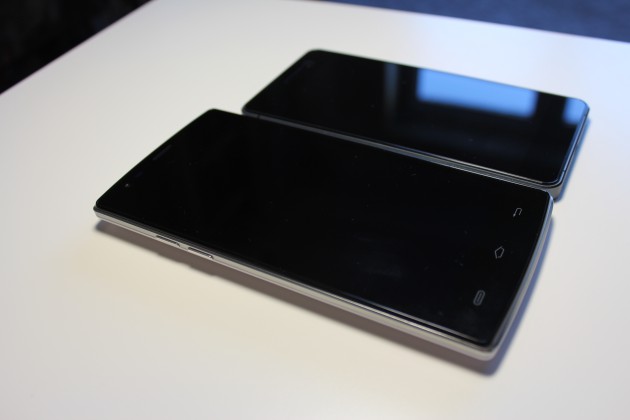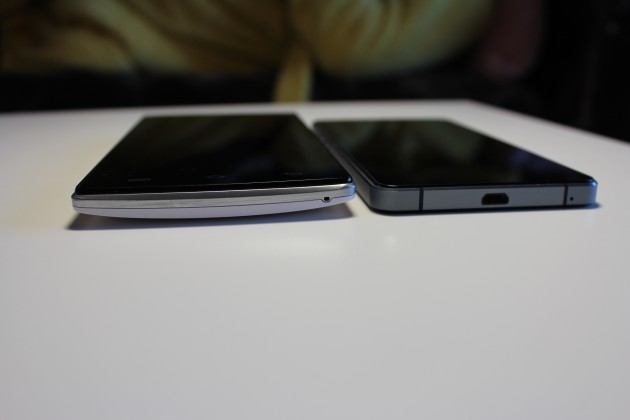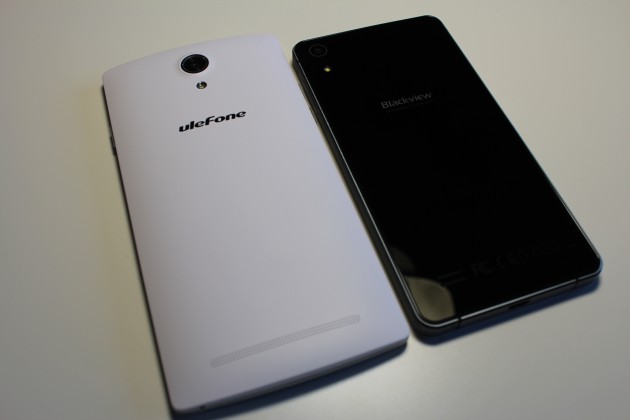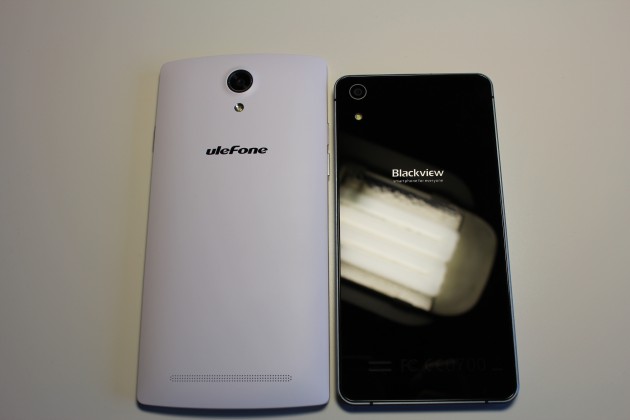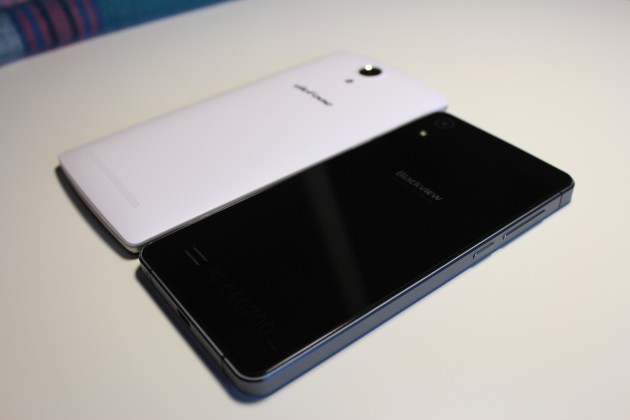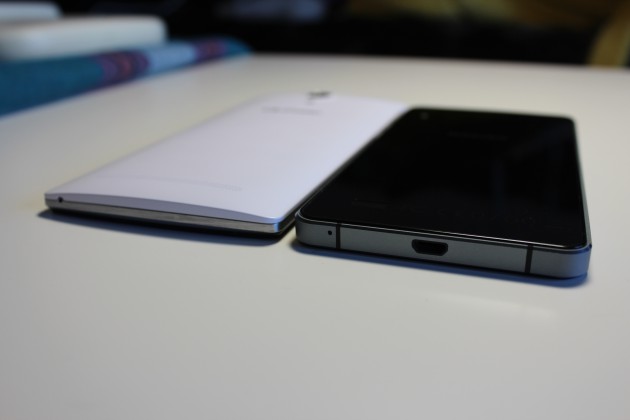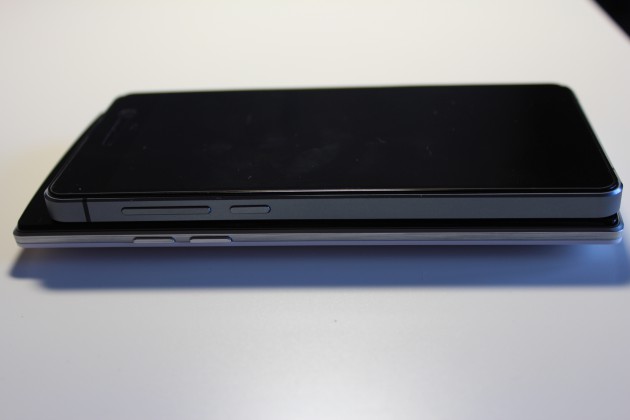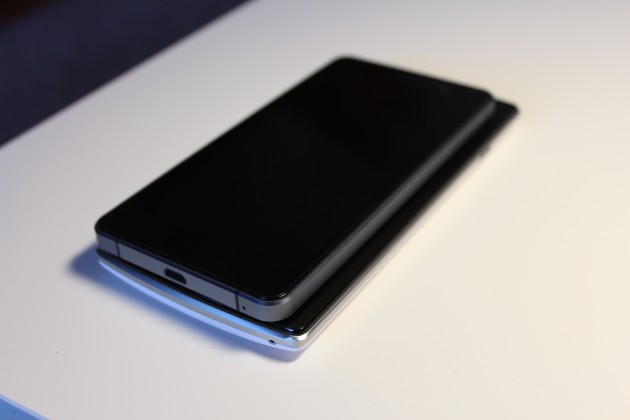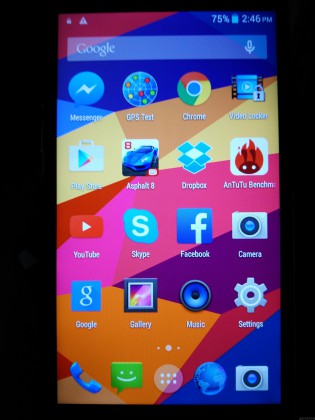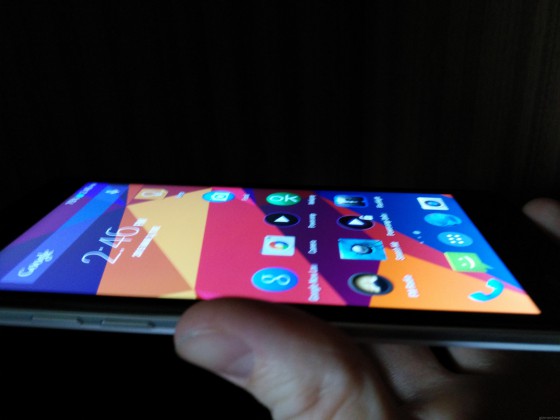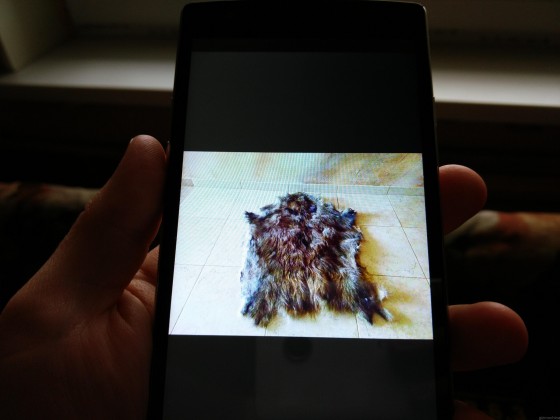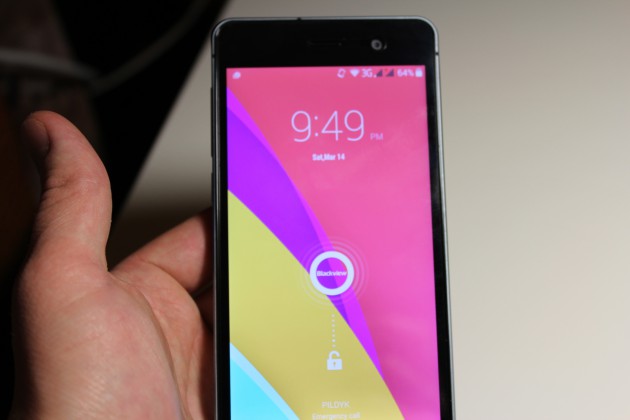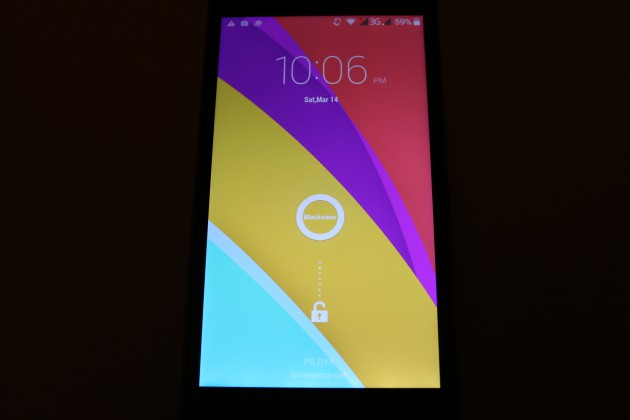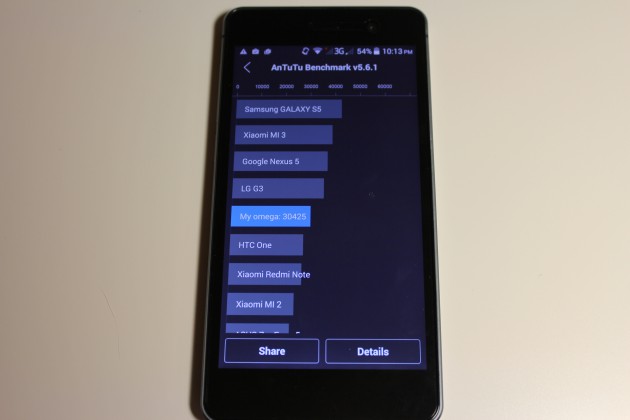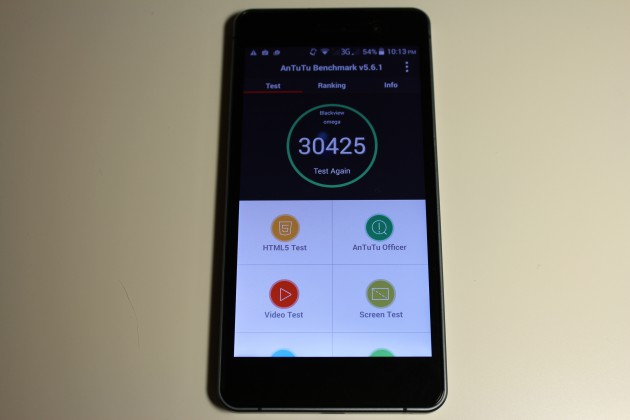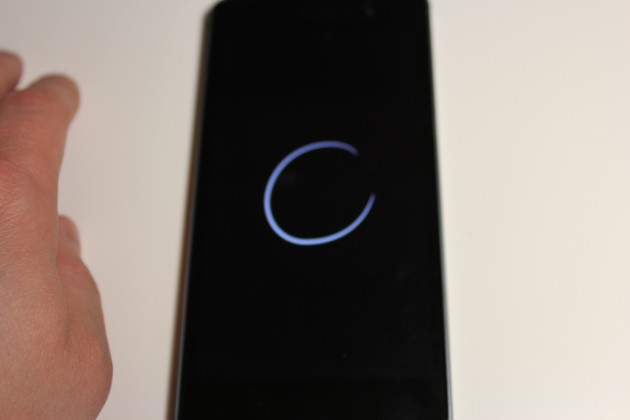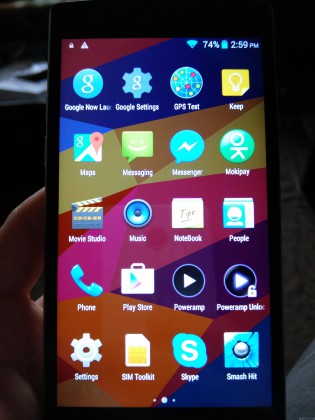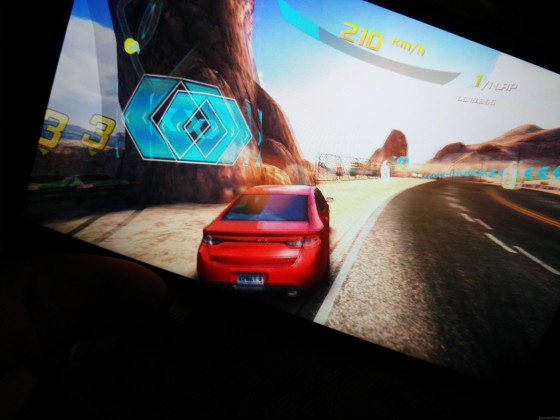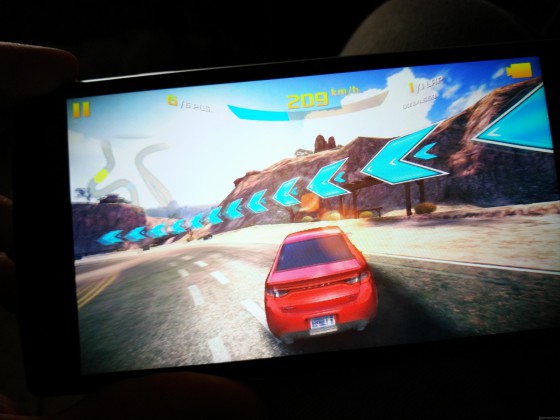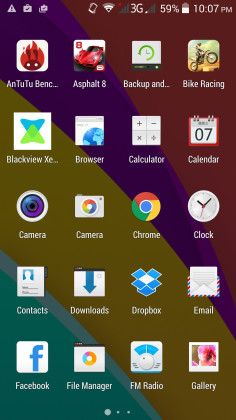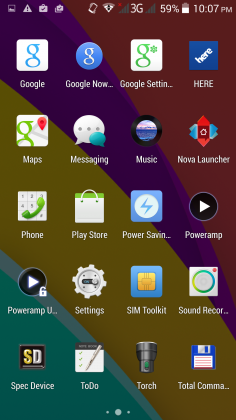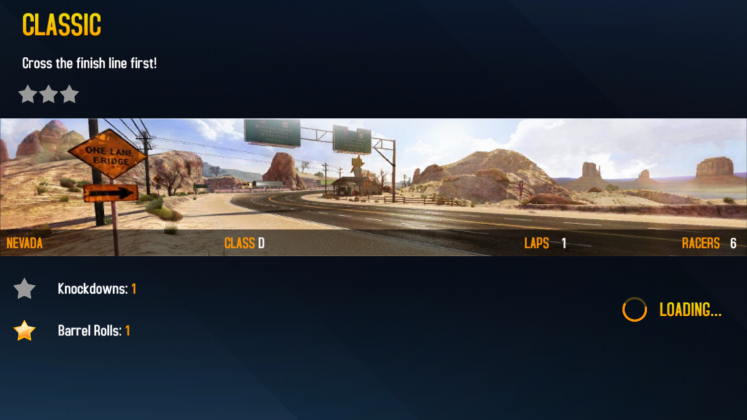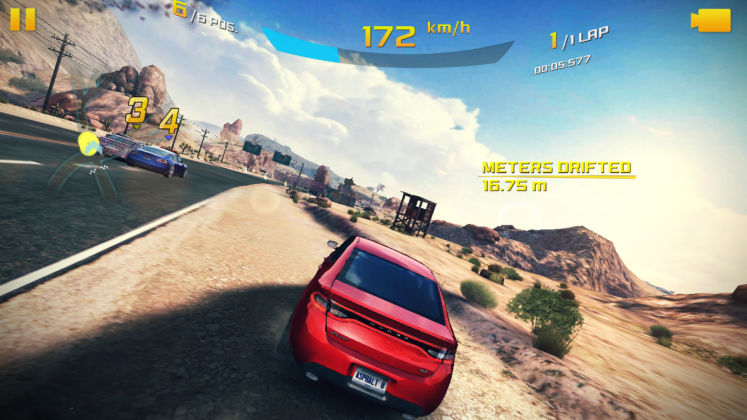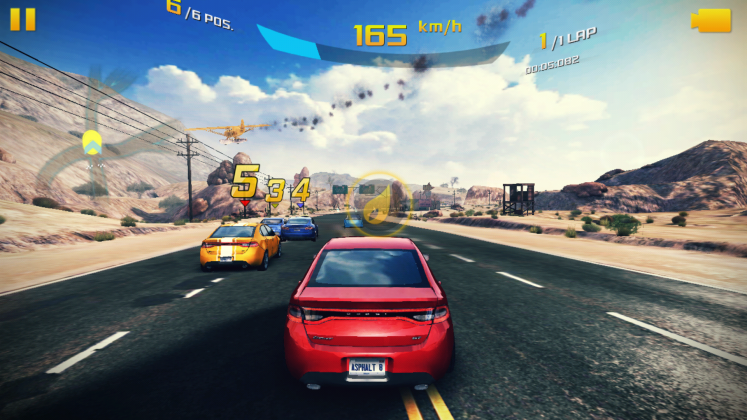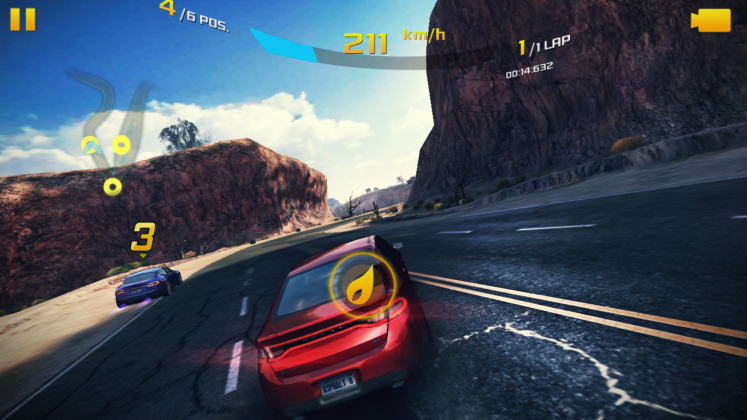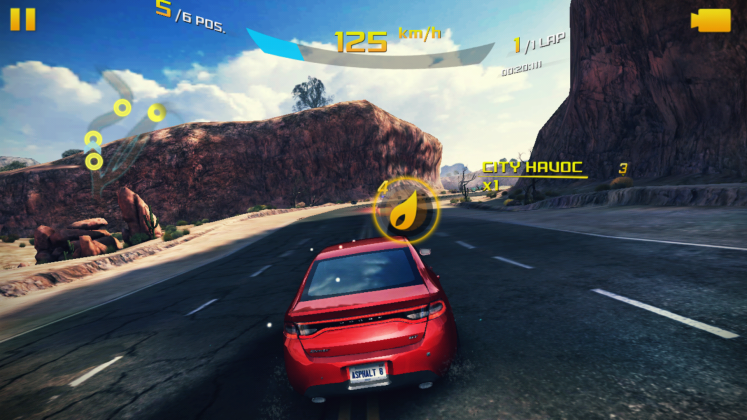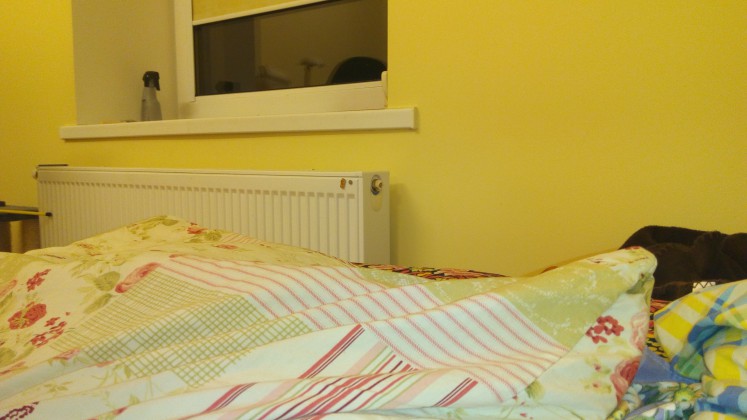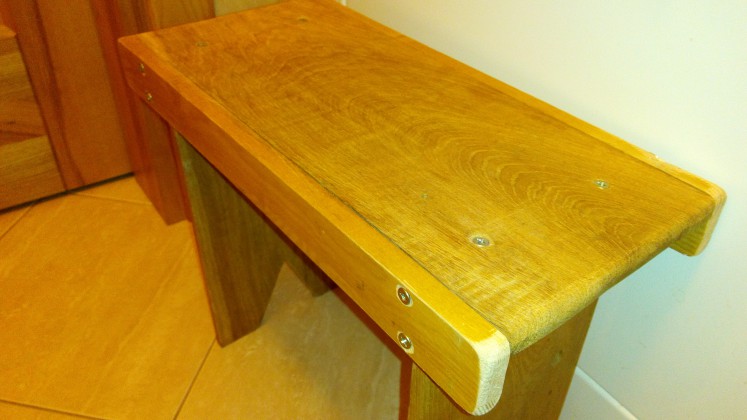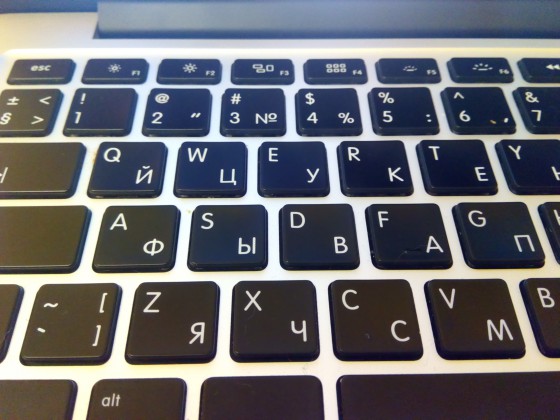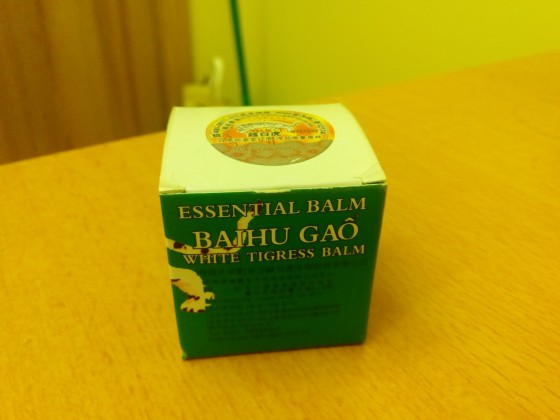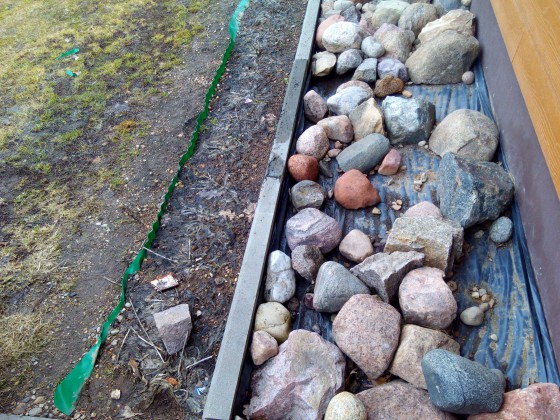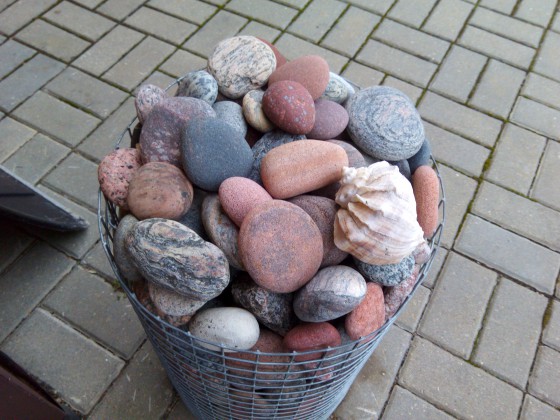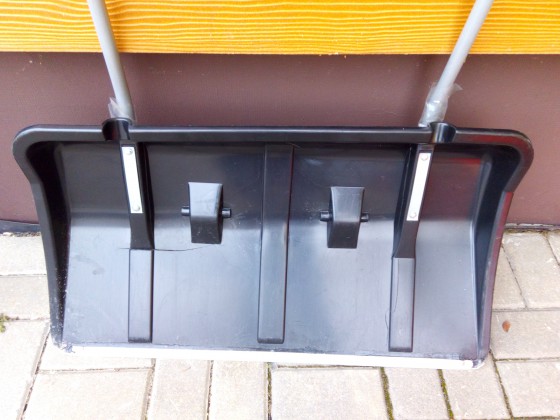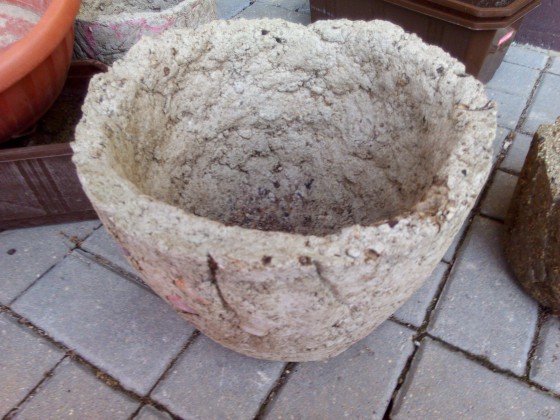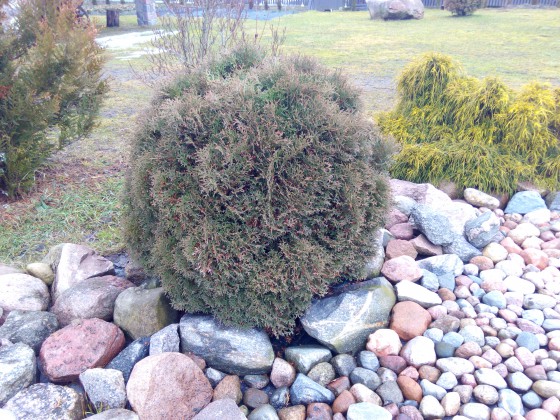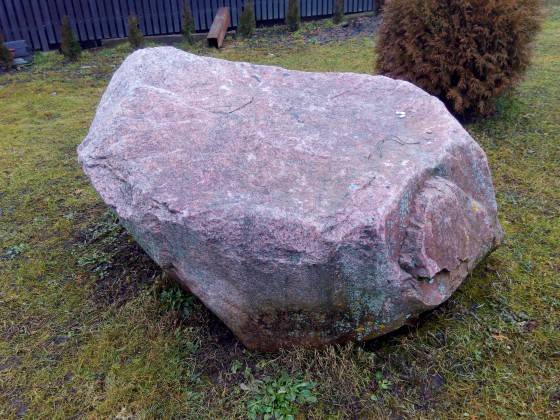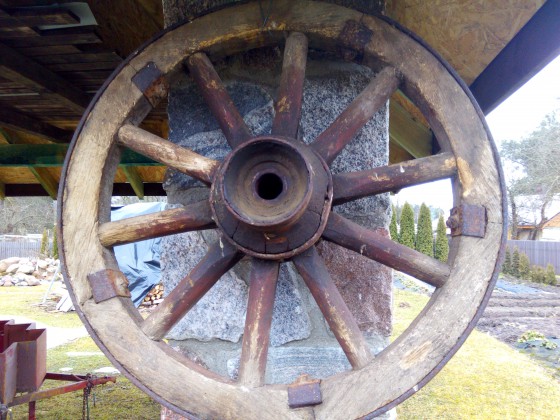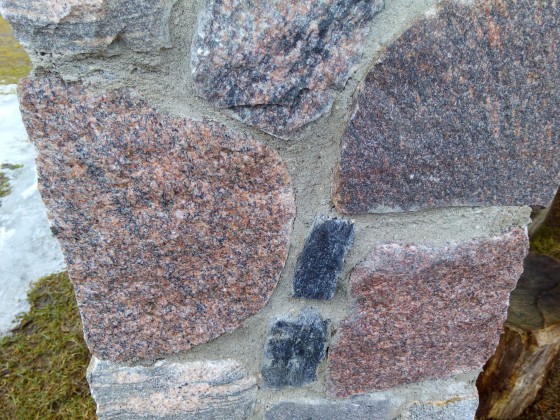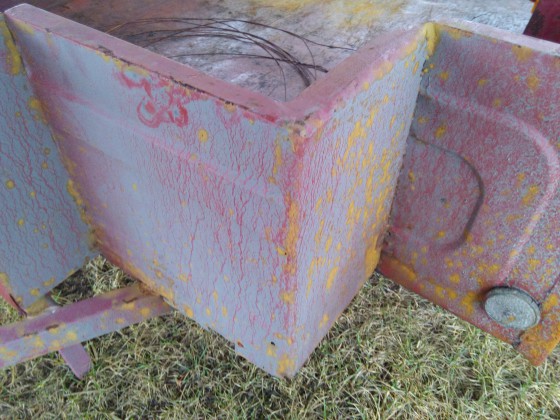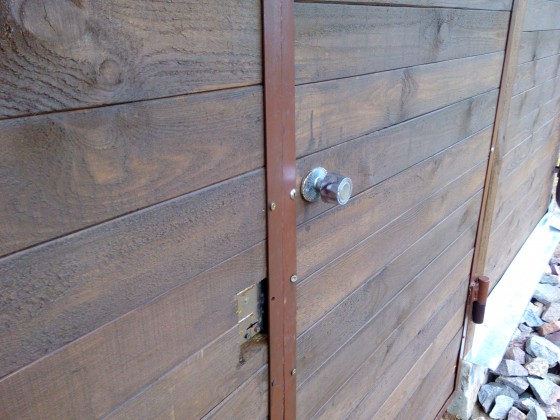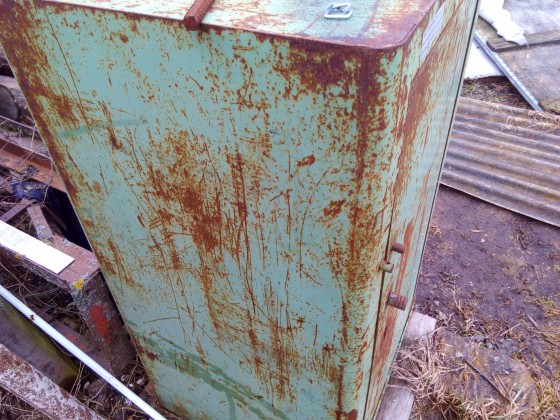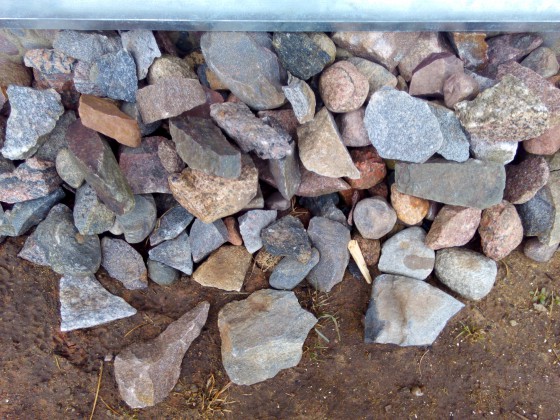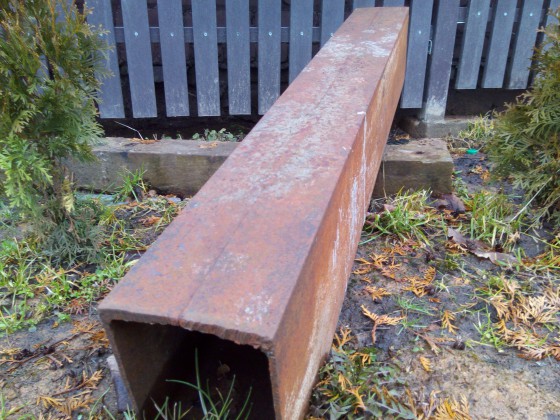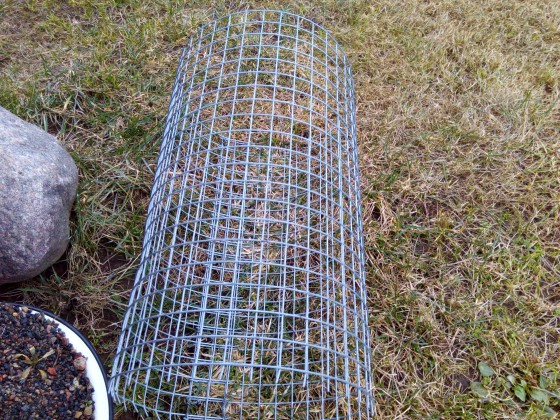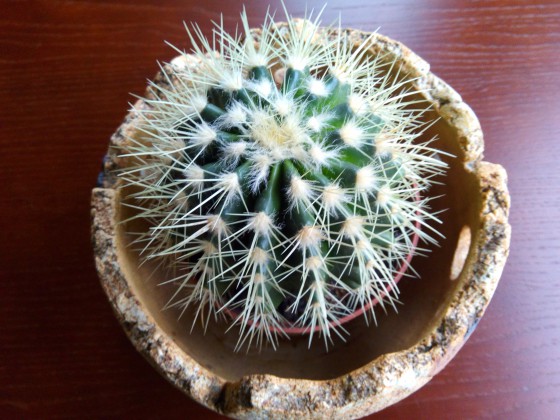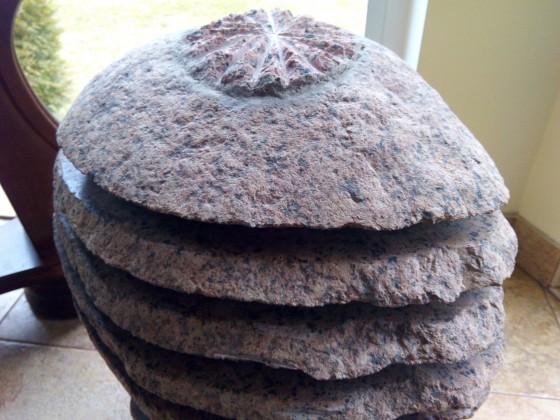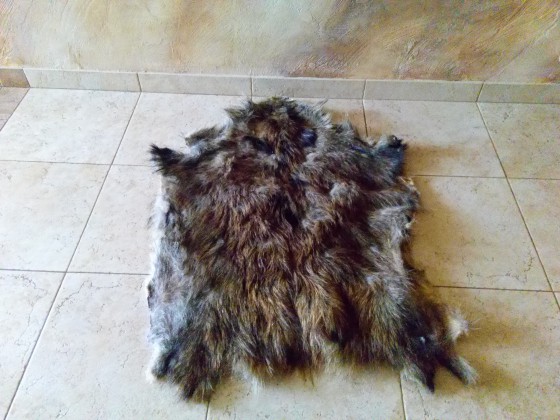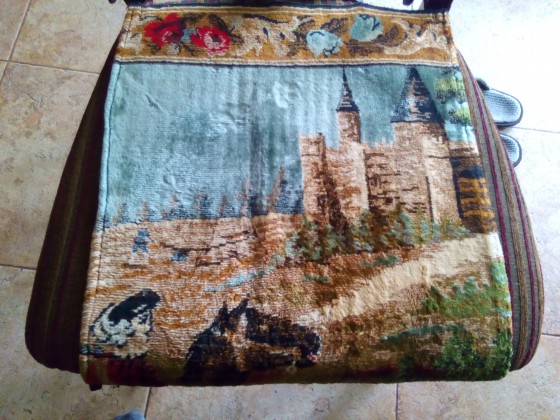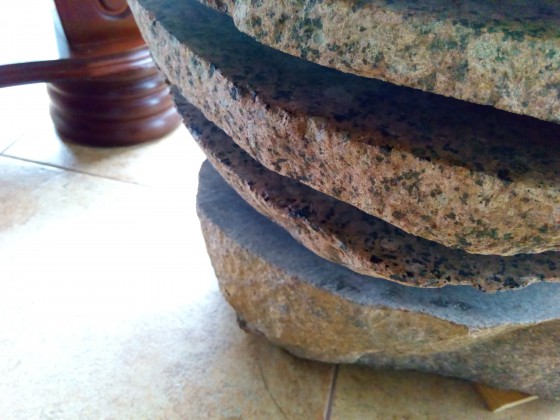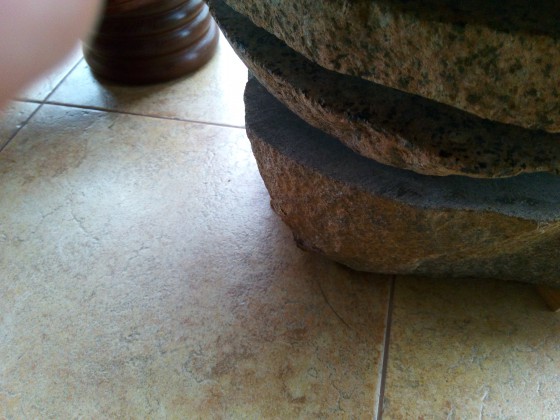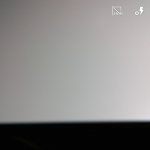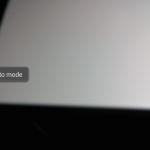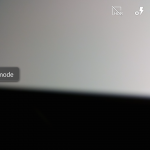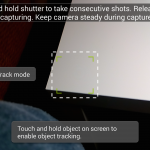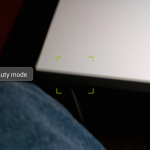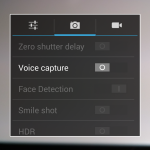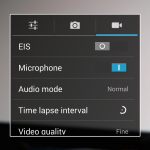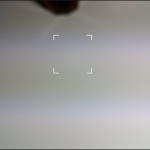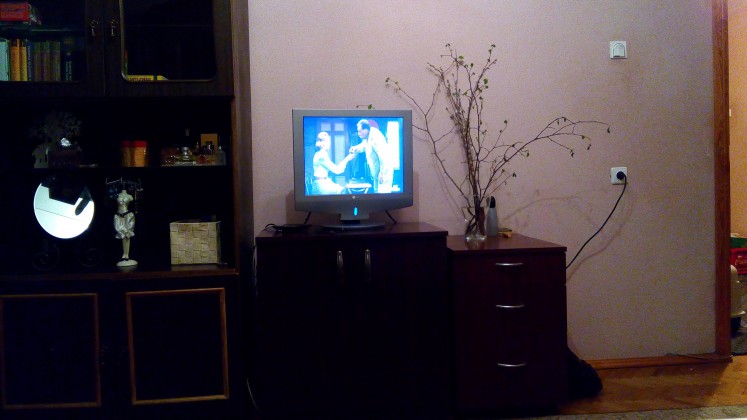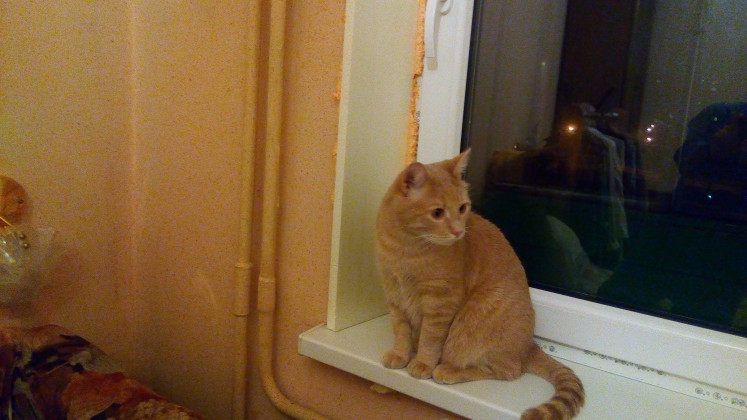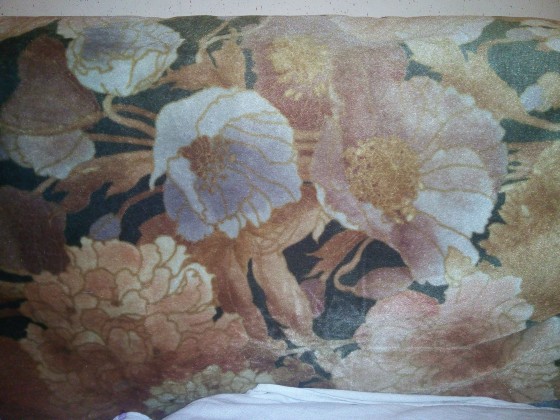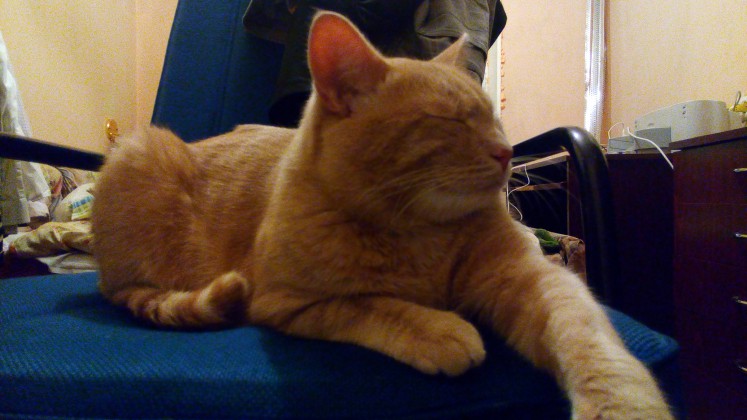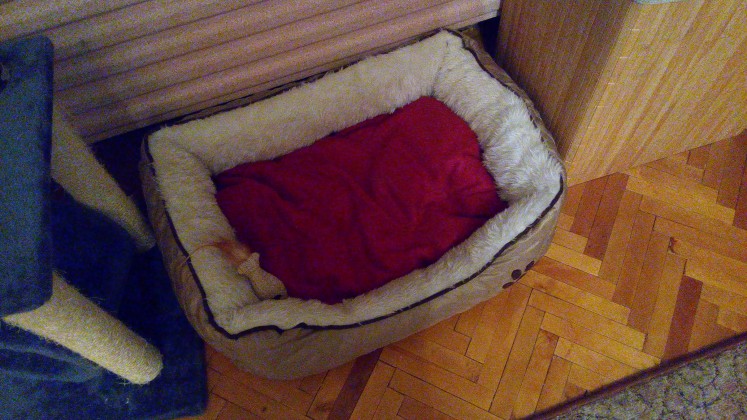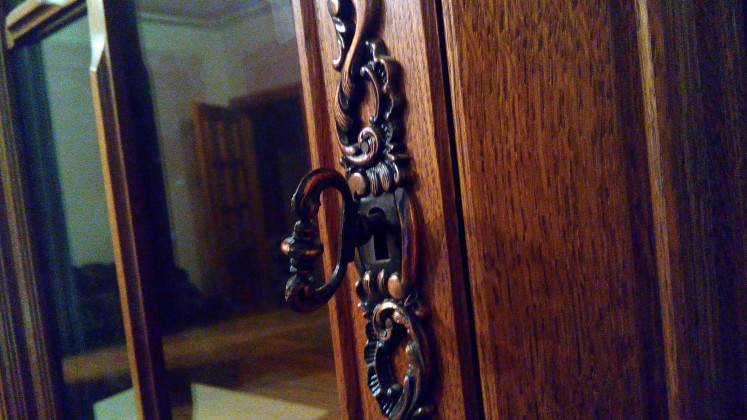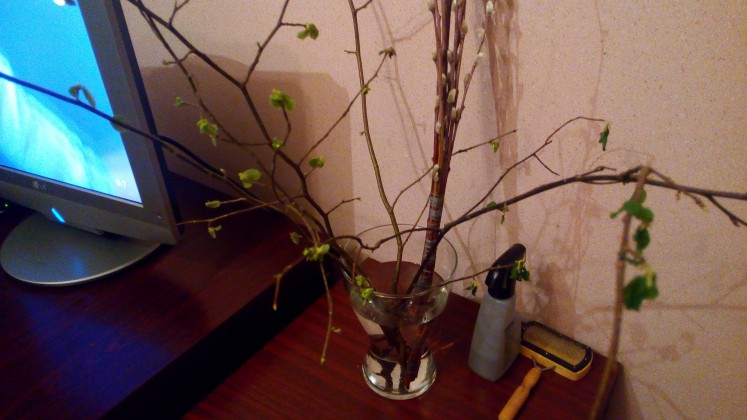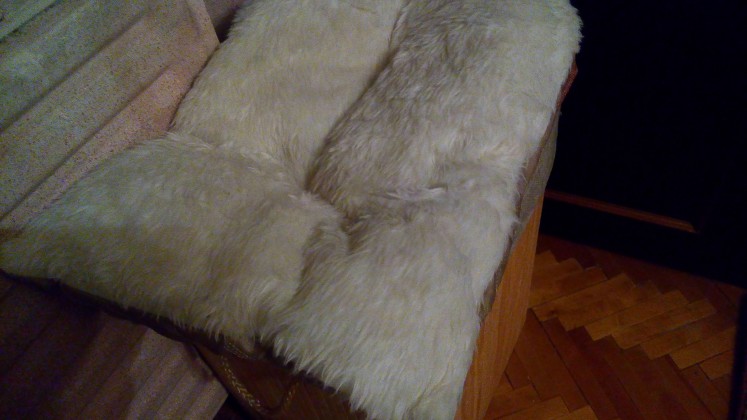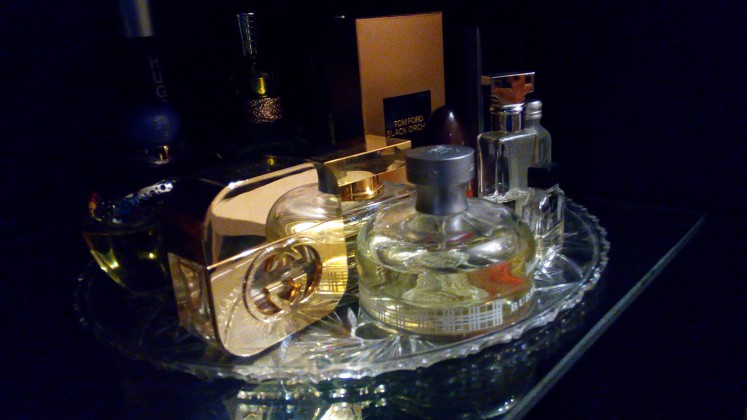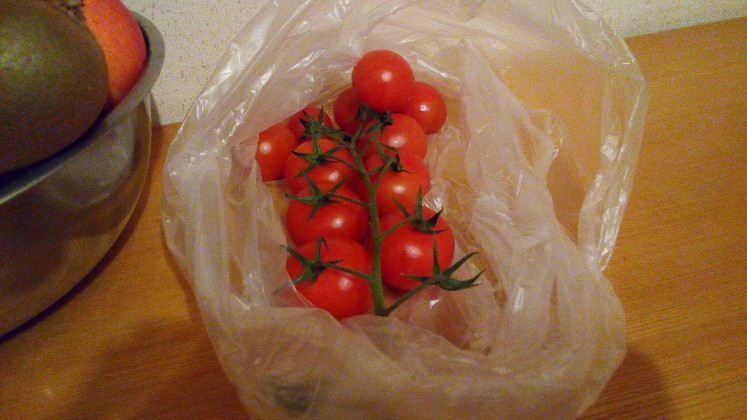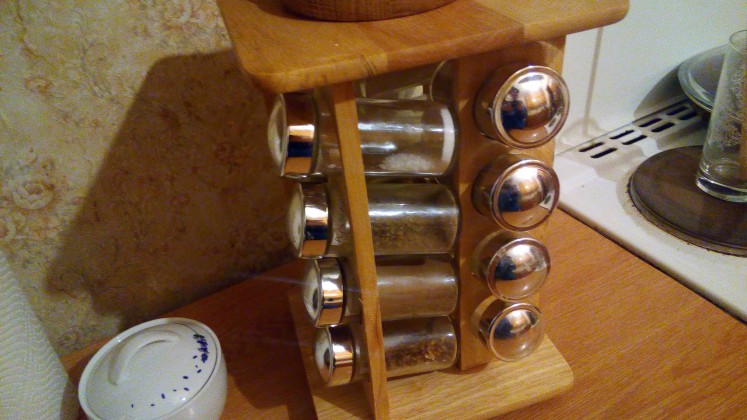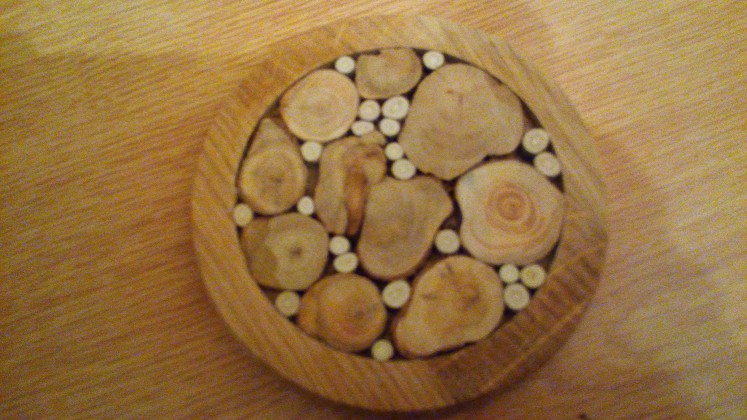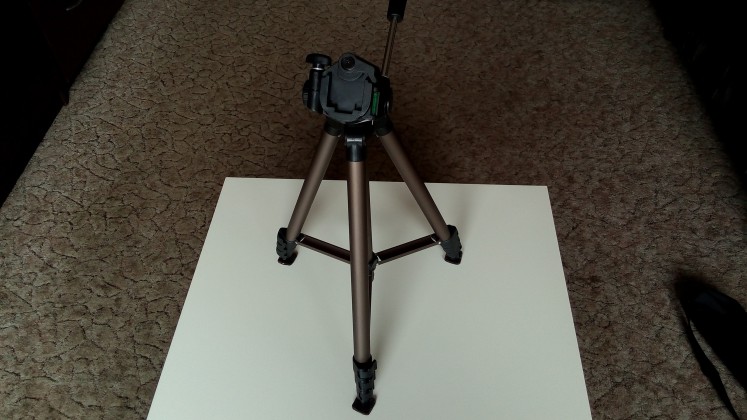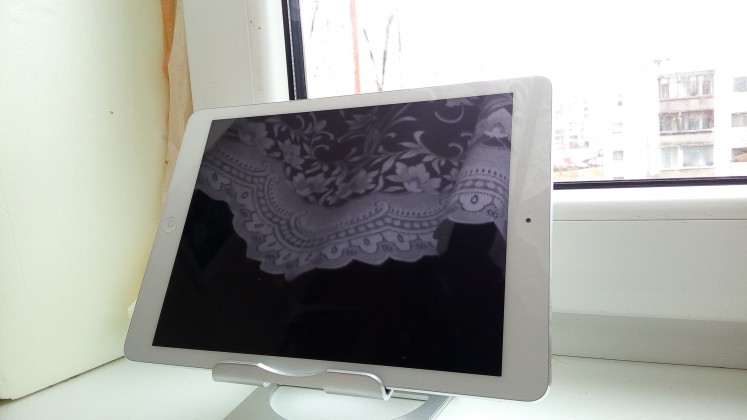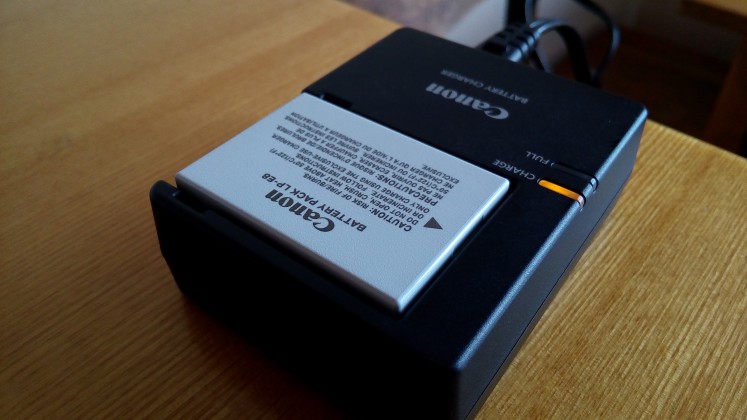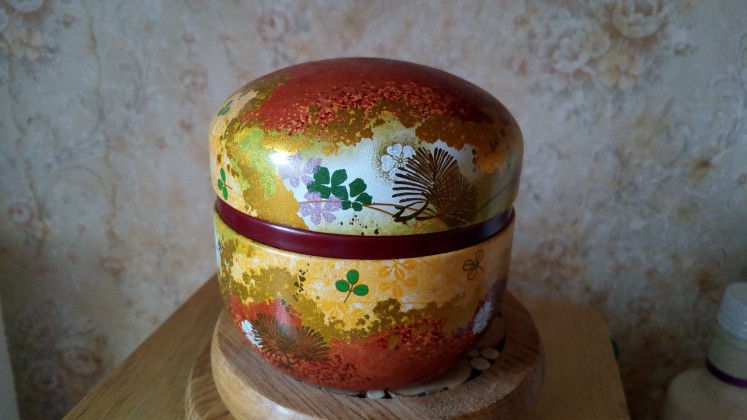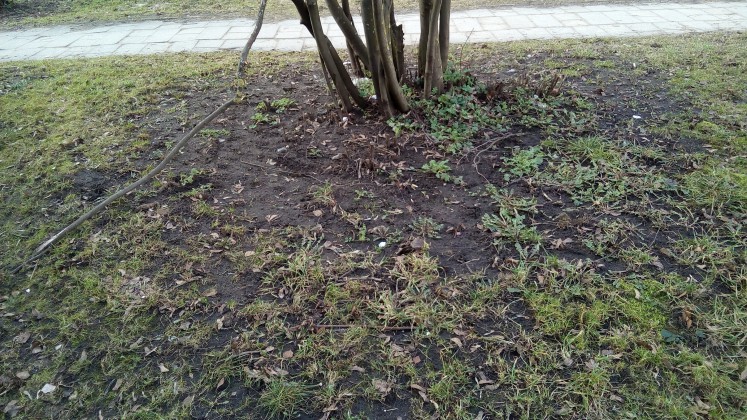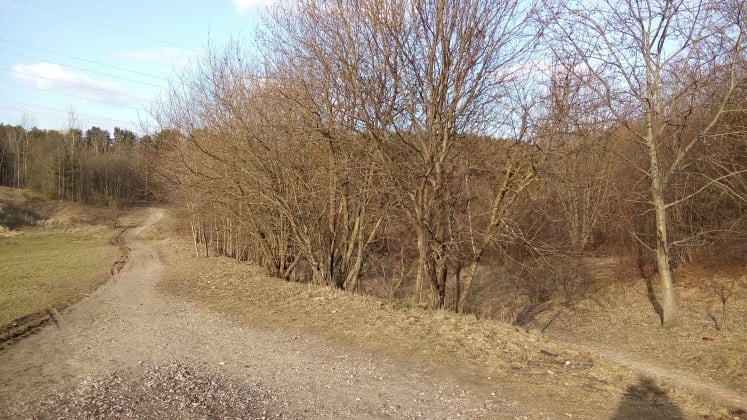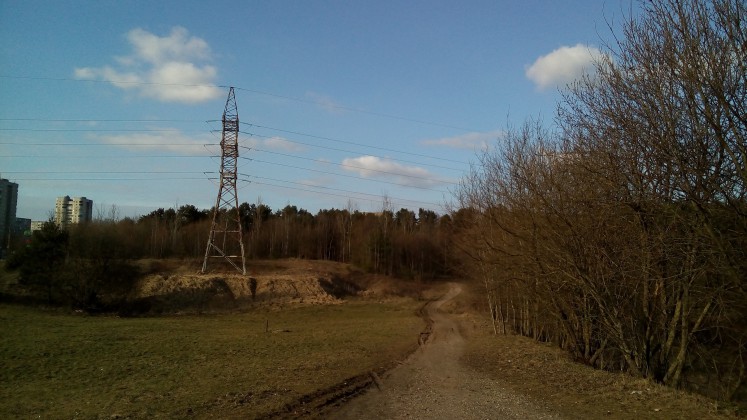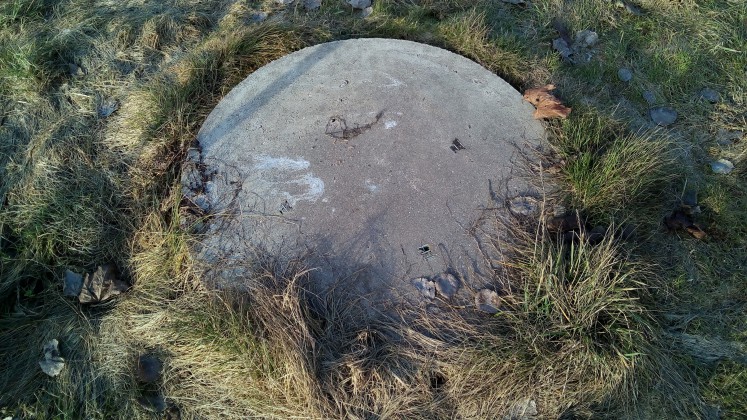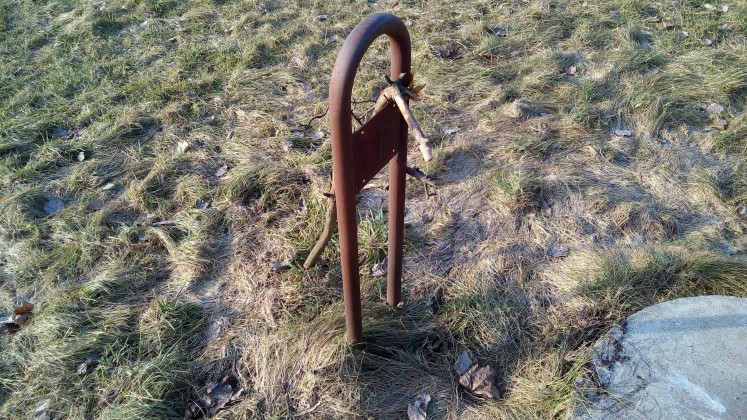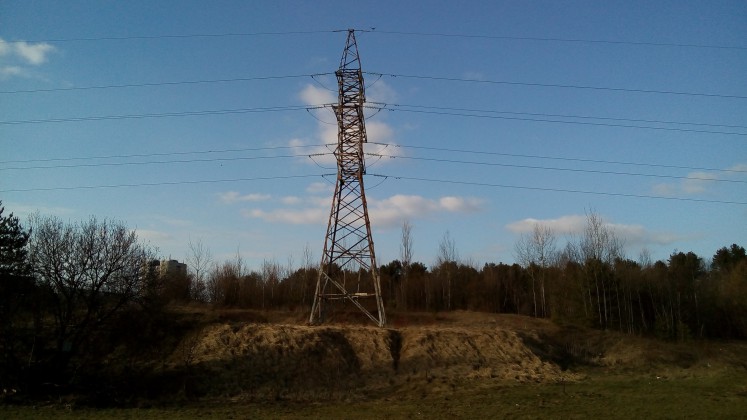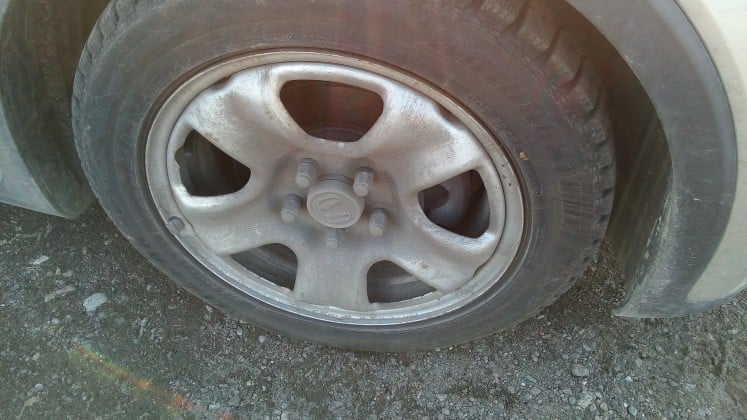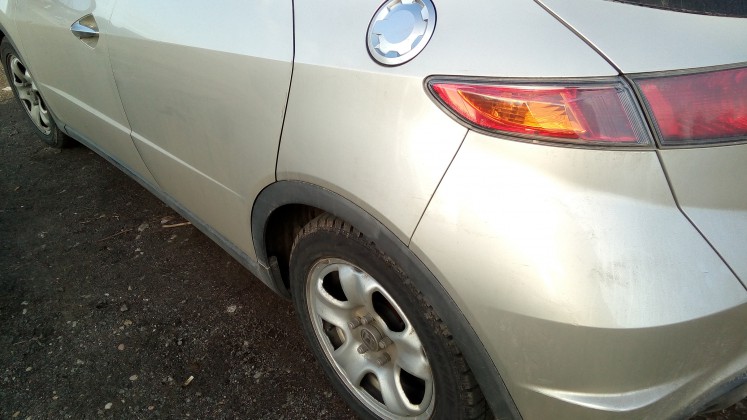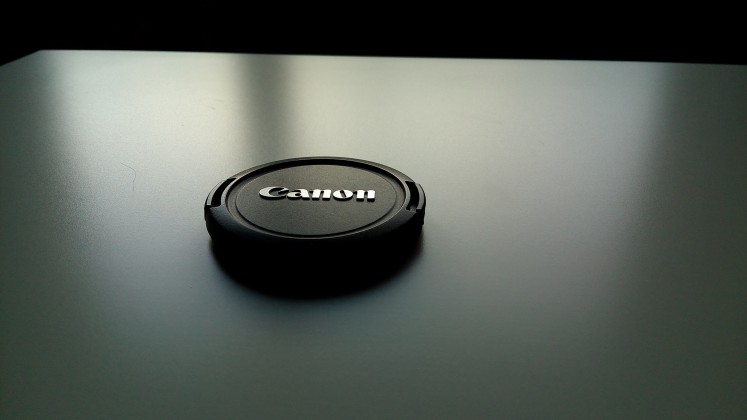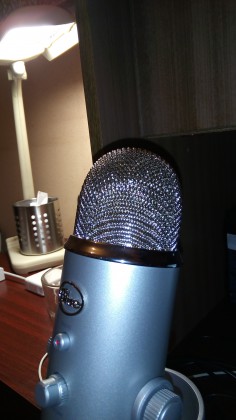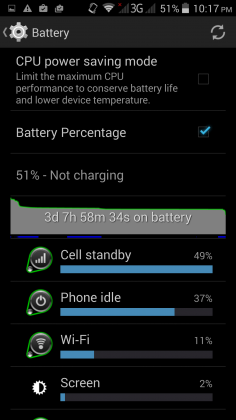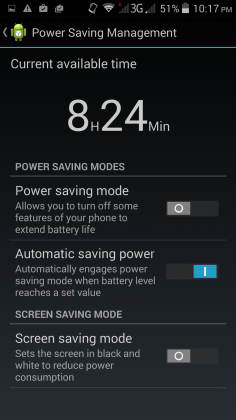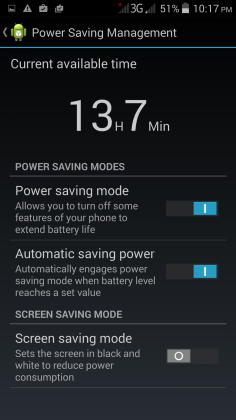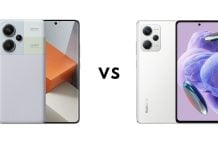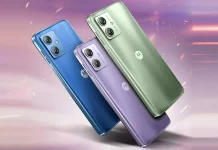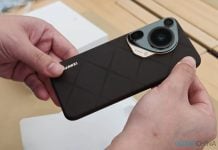In 2014 the Android market space was shaken by the arrival of the powerful, yet competitively priced OnePlus One. However, the invite system and the insufficient supply made many potential buyers give up hope of ever owning one. The Ulefone Be Pro is a smartphone that takes many design points from the OnePlus One, but offers them to you at a much more affordable price point.
What is more, The Blackview is another Chinese manufacturer, which is not that widely known for its products outside of China as OnePlus is. Also, it does not have a significant market share in its homeland. However, there is one thing that both Ulefone Be Pro and Blackview Omega has in common – its design inspiration from other (yet different) companies.
In addition, these our recently reviewed devices fall into similar pricing categories. In this article we will try to make a comparison between two of them, so it may help in case you cannot decide which one to choose.
In case you prefer a more in depth analysis of each of the device, make sure you check out our full Ulefone Be Pro Review (updated version) and Blackview Omega Review. Both of the latter articles include full written and video reviews.
SPECS
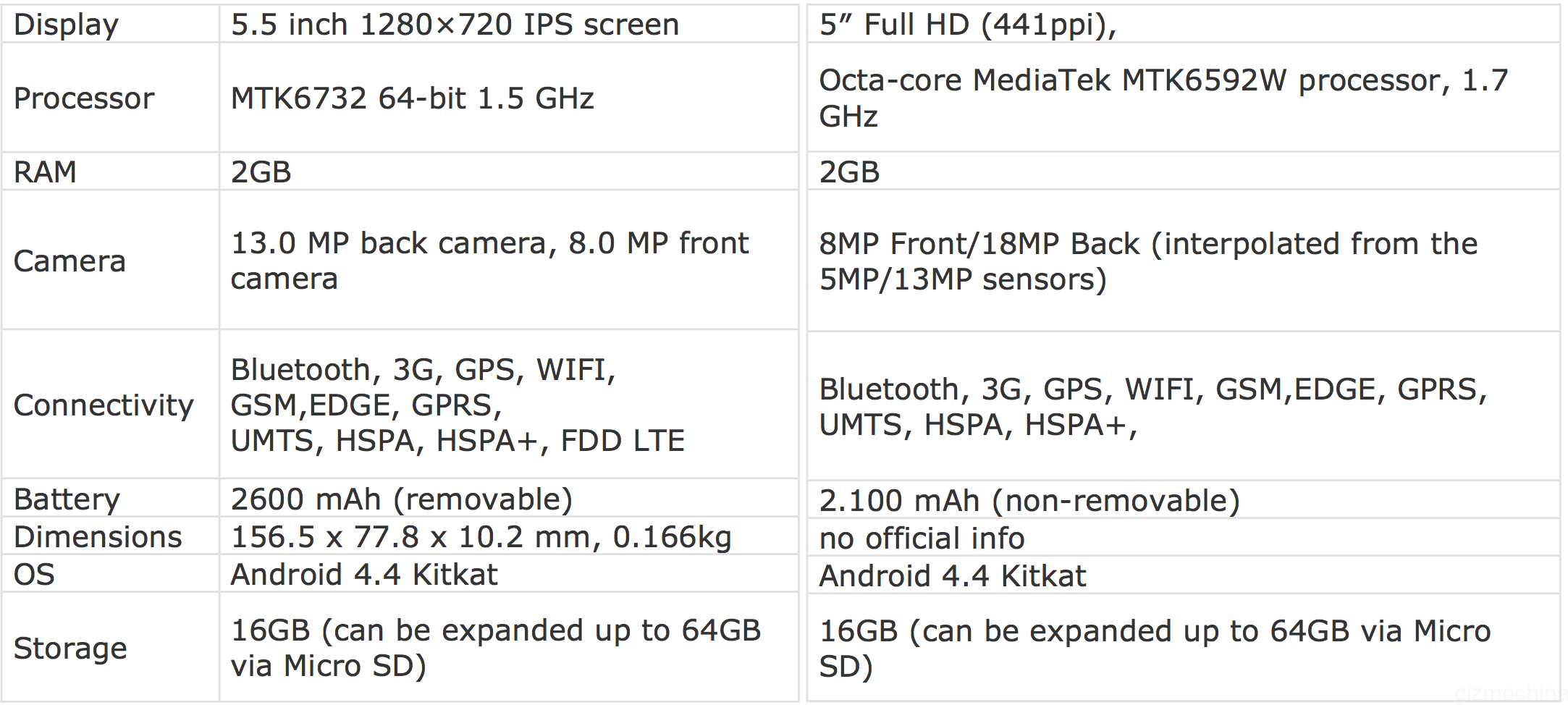
As far as the specs of each device go, the Ulefone manages to excel in certain departments like having a bigger (5.5 over 5″ display), a faster 64-bit Mediatek chip inside, bigger capacity of the battery (2600 mAh over 2100 mAh), the ability to replace the battery, which is a huge plus for some of the users. What is more, it has the 4G connectivity option, which puts the Blackview Omega to shame in this category in this day and age.
On the other hand, some of us may prefer the smaller, but more compact 5″ screen size of Blackview Omega, which makes the whole device more manageable with one hand. Also, the back camera of this device has more pixels (18MP over 13MP). However, you have to consider that both devices use interpolation method of pixels. Ulefone Be Pro has only 8MP shooter, which is bumped up to 13MP (Ulefone has officially admitted it and apologised to their fans); and the Blackview Omega has a 13MP sensor with some software tricks that increase the pixel count to 18MP.
In the end, we never judge any devices by the mere specs, so we need to dive in to its features and real life performance. But before that we must take a look at how the device looks and feels.
DESIGN
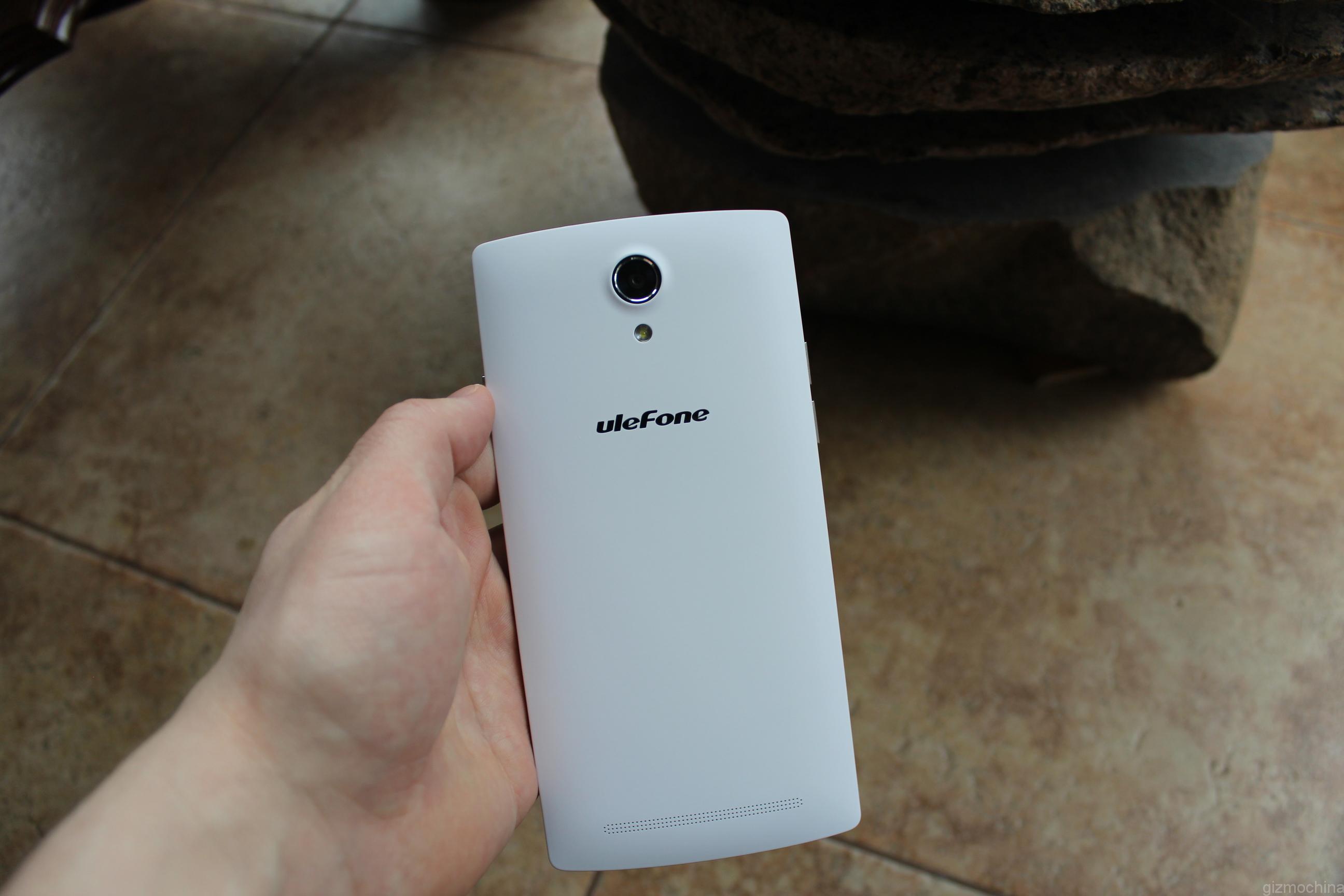
It is quite obvious that Ulefone decided that the Be Pro would be a great seller if it borrowed similar looks from the OnePlus One. It is similar in size and it is built of similar type materials. There is a silver plastic trim around the device with plastic buttons. The back of the white version of the device is somewhat “baby skin” material, which is smooth to the touch. Overall, the Ulefone Be Pro is well built, but lacks premium materials like metal or glass.
The front side of the smartphone does look very similar to the OnePlus One. On the bottom there are 3 capacitive keys, which, however, don’t have the backlight. On the top side, there is an 8MP shooter along with the proximity sensor, earphone and LED light.
The screen is protected by the Gorilla Glass and I don’t see any scratches on it after one week of use. I will get back to this 5.5 inches screen quality very shortly. The back shell of the device has a very smooth matt surface, which doesn’t attract fingerprints. Also, there is a 13MP snapper along with the single LED flash on the top. What is more, there is a Ulefone logo in the middle and the speaker grill on the bottom. The speaker has an average quality, but is very loud. You can watch our video review to hear the audio sample of it.
On the right side there is a power key, which, in my opinion, could be placed a bit lower to be able to reach it easier. Also, there is a little spot, where you would need to start opening the back cover. The top side spots a 3.5 mm headphone jack along with the Micro USB charging port. I don’t think that putting the charging port on the top is the best solution, but it’s not a deal breaker. On the left side you can find the volume up and down keys. In general, the buttons feel a bit plasticky, but they are responsive and easy to press. Finally, on the bottom of the smartphone you find only the microphone. That is the only mic installed as I don’t see any noise cancelling mics on the device.
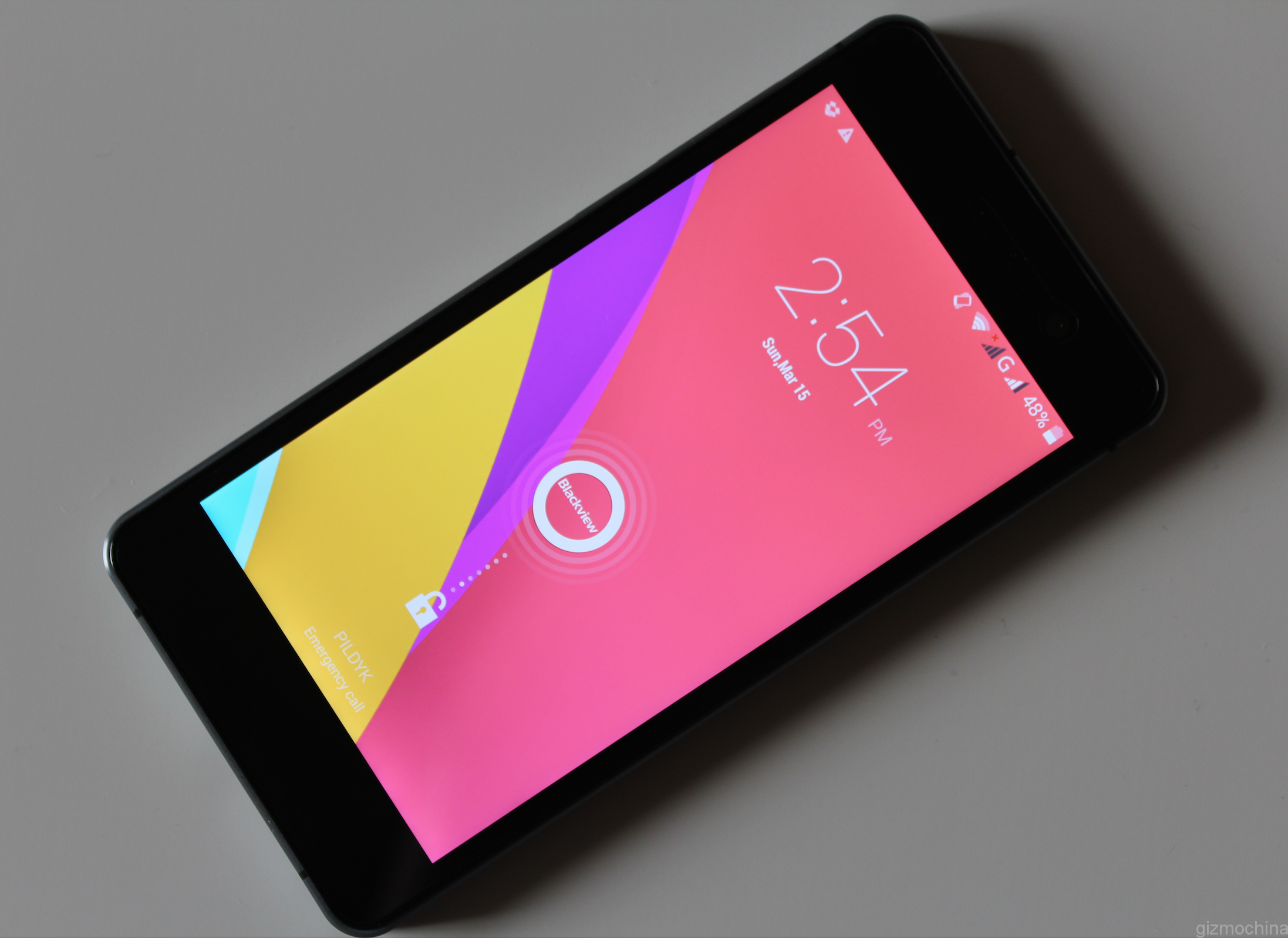
The Blackview Omega is a more compact device since it has a smaller screen of 5 inches. What is more, it can easily win your heart over Ulefone’s choice of materials as it spots a quality metal frame with metal clad buttons. It does look like an iPhone 4/4s with it similar design, though.
On the front side of the device there is an 8mp shooter along with the earpiece on the top. On the bottom there are three capacitive keys, which also have a backlight. The manufacturer chose to put volume up/down keys along with the power button on the left side of the metal frame of the phone. It took a bit of time to get used to it for me, but it is a personal preference. On the bottom, there is a regular Micro USB charging port along with microphone and the plastic infusions for better signal reception.On the right side, there is a dual micro SIM card tray. One slot also doubles as the micro SD slot up to 64 GB of cards for storage expansion. On the top, there is a 3.5mm headphone jack.On the back of the smartphone, there is a 13mp camera sensor, which can shoot up to 18mp pictures due to software interpolations along with the single LED flash. Finally, there is a mono speaker on the bottom, which has an average sound quality.
Our personal preference as far as design goes to the Blackview Omega as it spots more premium materials and very well built.
DISPLAY
The display on the Ulefone Be Pro is 5.5 inches diagonally and comes with a 1280 x 720 resolution and a pixel density of 267 ppi. While it is not the best resolution in its size range, the display is still very pleasant. The colours are vibrant and the viewing angles are quite good as well. The whites looked white while the blacks were black impressive for an IPS panel. Since we are talking about an IPS panel, the screen does get bright so you don’t have to worry too much about sunlight completely washing out your screen. We are also dealing here with an OGS display which helps keep the phone a bit slimmer. The auto brightness on the phone seemed to do its job quite well, however, I guess many people like me will constantly keep it on 80% all of the time.
The Blackview Omega has the 5′ LCD panel, which has great colour reproduction, good contrast levels and decent viewing angles. Also, it can bright, but we’ve seen brighter panels on other devices. Still, it is bright enough to make it viewable outdoors.
All in all, both devices have great displays. We agree that Ulefone Be Pro has only 720p panel, but the difference is not that significant to the eye.
PERFORMANCE
Ulefone Be Pro
The UI is very light and it runs Android 4.4 Kitkat. The Lolipop update should be released very soon. It is almost stock Android version and runs very smooth and fast, without any hiccups so far. The great thing is that I received a few software updates within one week (no Lolipop yet, though), but it sounds very promising as Ulefone seems to care about software upgrades and improvements.
The performance of the Ulefone Be Pro is really solid. The phone is being powered by MTK6732 SoC which has 4 A53 cores clocked at 1.5 GHz and backed by 2GB of RAM. Combine that with an almost stock build of Android and you get a smooth and fast experience. Graphically intensive games seem to work really well thanks to the powerful Mali T760, also having an only 720p display means there aren’t that many pixels to push around. I had no problems playing Asphalt 8 or any game other game I threw at it. Browsing the web seemed smooth and the web pages loaded fast. The GPS performance is very good and it locks on relatively fast and it seems to hold the signal as well.
Blackview Omega
The device spots an MTK6592 Octa Core 1.7GHz chip inside along with the 2GB RAM and 16GB of storage. The graphics are handled by Mali-450MP GPU.
As far as real life experience, the device has nearly stock Android 4.4 Kitakat UI. Everything is running smoothly and I didn’t have any hiccups so far. The Blackview Omega has basic settings menu you would expect.
As far as gaming, the device can handle the graphically intensive games like Asphalt 8 without any lags. What I’ve noticed, however, is that it takes quite a while to load a game in comparison to Snapdragon 801 powered devices. Also, after just a few minutes of gaming you can feel that the phone heats up a little. What is more, gaming drains the battery quite fast. All in all, it may not be the Nr. 1 device for gamers, but still, it can handle it in case you need in those boring situations, when you need to burn the time.
Verdict: although both devices are running almost stock Android UI, the Ulefone Be Pro seems to be running more smoothly through the basic functions. Also, it can load up games faster and the whole performance is a tad better. We don’t say Blackview Omega is laggy or something, just not as smooth as the Be Pro.
CAMERA
Ulefone Be Pro
As far as the picture quality, it is a bit interesting, because once you take the picture and look at it on the smartphone, it looks that the quality is just about average. However, once you look at the same pictures on the computer screen, their quality is actually very good. First, I didn’t expect much from the camera, but the pictures have plenty of detail, they look sharp and the colour reproduction is very natural.
I have to say that for the device that costs just under $170, the daylight picture quality is indeed very good.
Once you take pictures inside the house, where the camera sensor can’t get so much light, the shutter speed is slower and you have to hold the smartphone steady, so that don’t get any blurriness in the picture. If you are able to do that, you may take some really good looking photos. Taking pictures in the artificial lightning can sometimes be a hit or miss as far as color reproduction goes. The camera tends to capture brighter images. Still, the quality is not bad.
The front facer is perfect for all of you selfie lovers since with the 8MP sensor it will capture probably as much detail as you want and perhaps even more. The camera app does come with a few additional features that aren’t found on a stock Android phone.
Blackview Omega
Camera app has some basic functions you would find on many Android devices. The app is fairly simple and you can adjust some general settings. Taking pictures and shooting videos is fast during the daylight, but it naturally becomes noticeably slower, when doing the same thing in low-light scenarios.
As far as picture quality, the daylight pictures have plenty of detail as they are 18mp in size due to some software tricks the device does out of the 13mp f/2.2 aperture sensor. The colour reproduction seems quite accurate, but it is more on the colder side. The best way to take pictures is to tap to focus. Otherwise, the white balance and colours may not be the way you want. Once you take the device to the low light, you see that the camera starts struggling. It takes much more time to focus and you have to make sure you hold your hands steady not to get blurry pictures. Also, the pictures to have a lot of noise and the colour reproduction is a hit or miss. Again, once you take pictures inside the house, but there is more light, the picture quality becomes quite good.
As far as front facing shooter for selfies, it has 8MP (interpolated from 5MP sensor). The picture quality is actually good. What I’ve noticed is that it takes a lot of time for the shutter in the low light.
VERDICT: both smartphones have decent cameras for the budget smartphones. We have to say that the Blackview Omega produces better results, though. We can definitely see more detail out of the 13MP sensor, which is interpolated to 18MP. Also, the colour reproduction seems to be a tad better, but there is no significant difference here. Both devices struggle in the low light, but Blackview manages to produce a bit better images in our opinion. Talking about the picture quality is always a question of debate, so you be the judge in the comment section below.
BATTERY LIFE
Ulefone Be Pro
As far as the battery life goes, the capacity of just 2600 mah doesn’t sound impressive on paper, but I was surprised by how good the Ulefone Be Pro performs in real life. During my testing time I did a bit of gaming, watched some youtube and hd videos stored on the phone, surfed the web and did all other stuff. My conclusion is that it can get you though the day quite easily in a normal use.
Blackview Omega
As far as battery life goes, the 2100mAh unit doesn’t sound great on paper, but it can easily get through the day if you won’t keep playing games or watch HD videos all the time, which drain the battery fast.
The manufacturer has also thought about the battery life by including a power saving management tool. It has a similar interface to what we’ve seen on Sony devices. It may become handy once you are away from the power source for a while.
VERDICT: The Ulefone Be Pro seemed to be performing better in our tests (which are more or less just approximate). It could stay up longer while the screen was on and thus it is a winner in our opinion. What is more, the Ulefone Be Pro can give you around 1.5 days of average use, while Blackview Omega needs to be recharged every evening after the same type of usage. In the end, both devices achieve today’s “measurement” of the ability to get you though the full day of use.
CONCLUSIONS
Our comparison showed that both devices are good choices for the price tag they carry. Each of them can excel in different departments, so you have to keep in mind your personal preference before choosing one.
As far as design goes, we gives kudos to the Blackview Omega as it spots a premium metal frame accompanied with a front and back glass sandwich construction. The device feels very sturdy and well made. It does look like the iPhone 4/4s quite a lot, though. For some users it’s a plus, for other – a minus.
The Ulefone Be Pro uses less premium materials as it is made out of plastic. The silver frame is made to look like metal, but it is definitely plastic. We don’t say that it looks or feels bad, because the device feels sturdy and well made as well. However, it just doesn’t feel that premium as Blackview Omega mainly due to the choice of materials. And yes, Ulefone Be Pro is OnePlus One look-a-like with minor design differences.
As far as the performance goes, the 64-bit chip inside the Ulefone Be Pro seems to be performing faster. It gave as the feeling that scrolling through menus and doing other every day stuff is just more smooth. Also, games loaded faster and the performance was slightly better. We don’t see a deal breaking disadvantage is Blackview’s offering though. The performance was without lags or any issues, but it just seemed that the Be Pro was a bit better.
The camera department is not that easy to judge as both devices are able to produce decent looking photos for budget devices category. However, the Blackview Omega can capture more detail as it uses a sensor with more pixels. Also, the colour reproduction seemed to be a bit better, but not that significantly. Still, we would choose the Omega to take pictures on the trip.
As far as battery life goes, both devices are quite good. However, the Be Pro can give you a bit more of the screen on time.
In the end, it is not that easy to judge which device is better in general as each of the smartphone excels in different categories. Finally, it may be a personal preference as both Ulefone Be Pro and the Blackview Omega are great device for its price range.
Let us know what do you think in the social poll or in the comments section below.
[socialpoll id=”2259128″]



